State of College Sports: What is biggest issue in the NIL space?
Editor’s note: This story was updated to include additional feedback and context from NIL collective leaders and more members of The Collective Association.
College athletics is undergoing seismic change – with more upheaval on the horizon. From the ever-evolving NIL space and incremental movement toward a potential employee model, to the NCAA’s pursuit of a Congressional antitrust lifeline and its own uncertain future, the enterprise is in the midst of a revolution.
In recent weeks, On3’s reporting team conducted exclusive interviews with more than 50 leading college sports voices – commissioners, athletic directors, coaches, athletes, NIL and legal experts and others – for their insights on the most consequential issues.
The 29-month-old NIL Era has unlocked enormous monetizing opportunities as well as consternation from some corners of the industry’s administrative class.
We asked: What is your biggest issue, if any, with NIL right now? And should donor-driven collectives be formally moved under the university umbrella?
Responses were lightly edited for length and clarity and are listed in alphabetical order.
STATE OF COLLEGE SPORTS: Why NIL is so concerning for stakeholders
Amir Abdur-Rahim
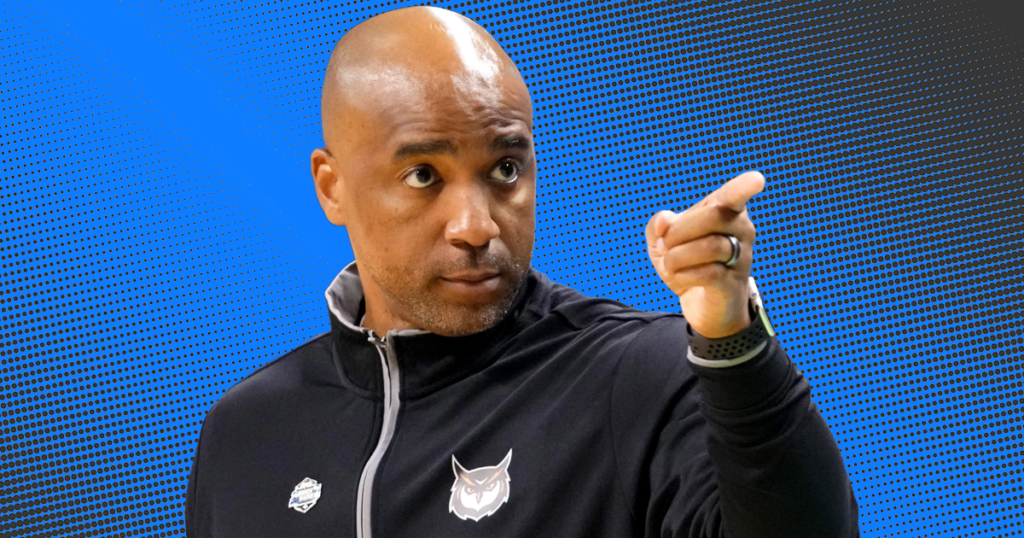
College sports role: Amir Abdur-Rahim is USF men’s basketball coach
“If I’m being candid, where the space is now, I’m not sure if it’s exactly what name, image and likeness was supposed to be. But for what these young men and women do for these universities, and the money it generates, they should be given a piece of that. Preferably, we can get some parameters around it.
“What I would like to see is not only for them to have a little bit of the money now. But if we could figure out a way to put some in a Roth IRA that when they graduate, they get that money to kind of start their lives with, so they are not rubbing pennies together, and give them the education they need to make that money work for them. I’m not going to say it’s pay-for-play. But in a lot of ways it’s pay-for-play. There needs to be some uniformity behind it to where they are still able to make money off their NIL but not to where it is a bidding war.”
Mike Aresco
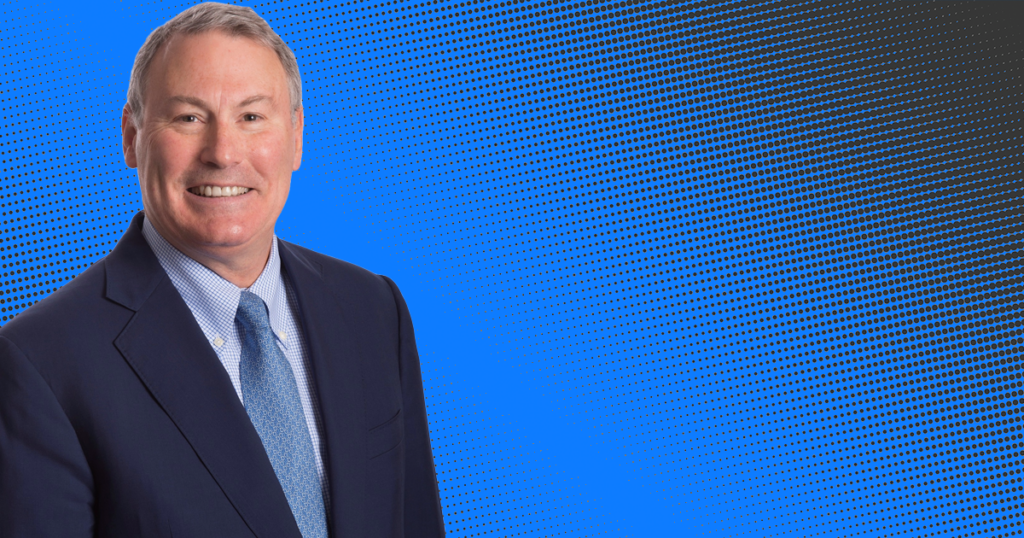
College sports role: Mike Aresco is the American Athletic Conference Commissioner
“I don’t think there’s any question that it is the collectives and the way they operate. The Utah deal, the whole team is getting a brand-new truck. The whole thing is absurd. Some of it, you can’t get too worked up over. Everything adapts. We’ll have to adapt to this. But I hate to see the professionalization of college sports because these are just kids. They’re 18 or 19 years old. To some extent, you have to earn this.
“When I was playing high school football, I wasn’t thinking about whether we could get a cut of the gate or something because my high school charged $5 to go to a game. We didn’t think that way. There’s a certain part of college sports that is disappearing that I really liked. On the other hand, we are going to have to adapt. The one thing I can guarantee you? People are still going to watch. It just means things are going to be different.”
Chris Aumueller
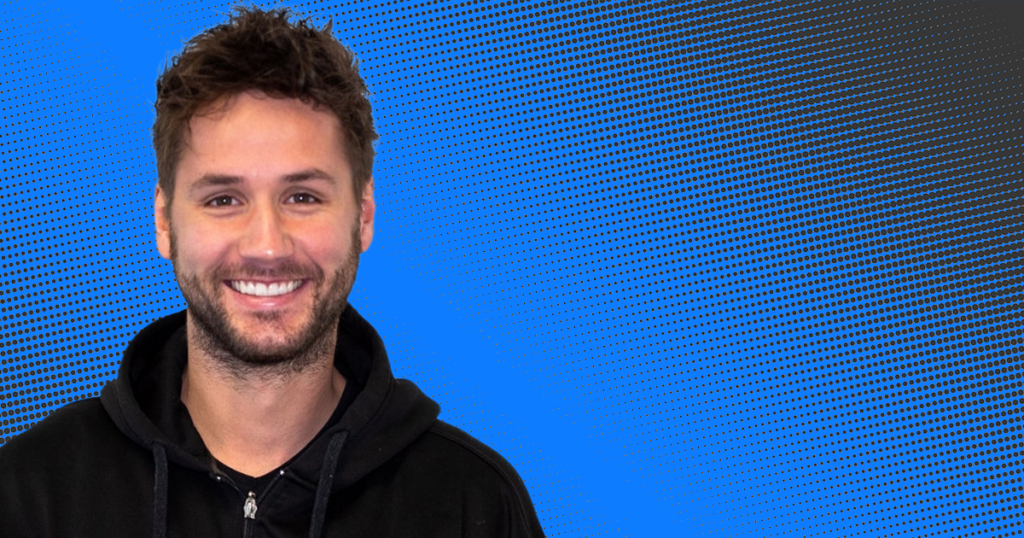
College sports role: Chris Aumueller is a former Nebraska tennis player and CEO of FanWord, an NIL storytelling and brand development solution
“There are definitely issues that must be addressed. But first and foremost, I think the conversations about the NIL space, as a whole, are often too negative. We are 28 months into a new industry, and we are seeing a lot of good already. I just want to make sure we acknowledge that, too. That being said, if I had to pinpoint one issue, trying to find a single model that works for all 500,000-plus college athletes is the biggest challenge.
“The experiences, opportunities and needs of Power 5 football players are very different from the experiences, opportunities and needs of Division II Olympic sport athletes, for example. I’m a massive proponent of maximizing value for each athlete. But we are doing athletes a disservice if we try to find a one-size-fits-all solution. As far as moving collectives under the university’s umbrella, I see pros and cons for both. Generally speaking, I could see a variety of new headaches emerge if we were to officially integrate them at this point.”
Charlie Baker
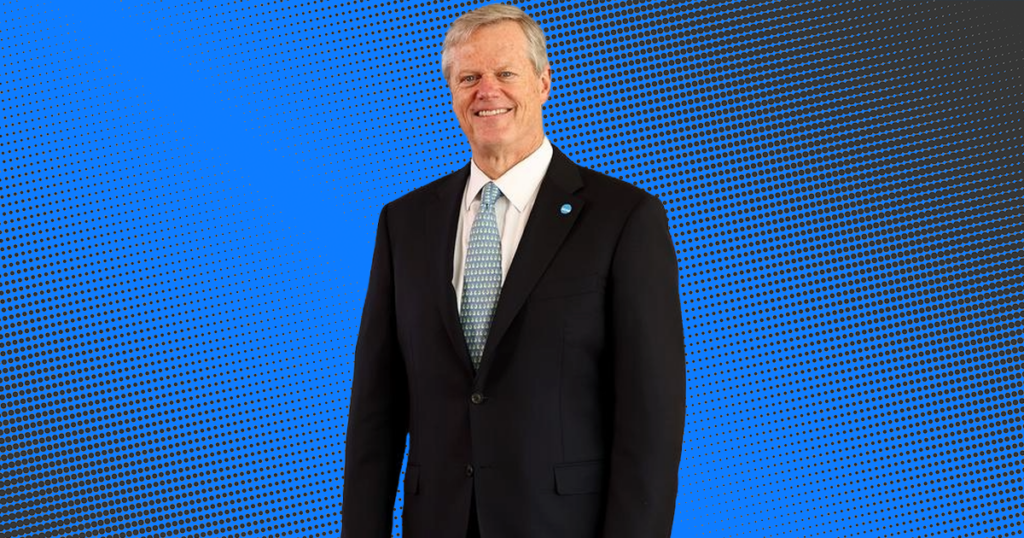
College sports role: Charlie Baker is the NCAA President and a former governor of Massachusetts
“Name, image and likeness is a great opportunity, and the association fully supports student-athletes profiting from their NIL. I have heard amazing stories about student-athletes using NIL to support their families – paying off student loans for siblings – or benefiting their communities by funding scholarships for disadvantaged high school students, hosting camps or clinics for young kids and raising money for children’s hospitals. NIL also opened the door to other professional development opportunities for student-athletes who won’t play professional sports, including launching their own clothing lines or starting small businesses and promoting their ventures. Those are great outcomes and I support more of that.
“There are legitimate concerns about the lack of transparency in the space, which can put student-athletes at risk for exploitation. Right now, there is no standard contract for NIL, like you might have if you purchased a house, and that leaves student-athletes open to agreements where 50% or more of their earnings are paid to attorneys or agents, or the terms of the agreement can be canceled at any time by the other party.
“The DI leadership is currently working on policies to increase transparency, clarify the role of schools in the NIL space and improve outcomes for student-athletes. Greater clarity for schools must be balanced with enabling student-athletes to freely benefit from their NIL. Increasing gender equity is also essential. There is no question the current landscape dominated by collectives has not produced equitable outcomes for women.”
Jason Belzer

College sports role: Jason Belzer is the founder and CEO of Student-Athlete NIL, a company dedicated to helping brands, collectives, universities and student-athletes navigate NIL
“I’ve always been pretty vocal that NIL is the stopgap between what is happening now and what will be revenue share. That’s functionally what a lot of collectives are doing. Obviously, we are focused in all of our efforts on real NIL. When revenue share becomes a reality, real NIL is going to matter even more because just like when you’re a free agent and professional sports, you always want to go play in New York or LA, because you want to be in the two biggest media markets in the country. NIL will matter.
“One of the big challenges is if there’s revenue share, what happens to all the other sports? NIL is going to become important because we’re going to need to figure out how to drive more revenue into college athletic departments so they can support women’s sports and non-revenue sports on the men’s side, as well.
“And so the problem that I have, this is me – not as CEO of SANIL but just somebody that cares deeply about college athletics – the biggest problem that college athletics has right now with NIL, and especially as it relates to the future, is that you have a lot of collectives that are run by donors, people that don’t have an understanding of long-term business development outlook. They’re just simply trying to figure out how to get their football or basketball teams to be as good as possible today or tomorrow, not what it looks like in the future. Because of that, schools, when this transition happens, it’s going to be very violent, right? Like NIL was PG-13 compared to the rated R that’s going to happen when we go rev share.
“It’s going to be chaotic. We’re going to be sitting here in two years, and we’re going to be like, ‘Well, that school is done.’ Like, they might not even be playing FBS football anymore, right? It is mind-blowing that you have ADs who are getting paid a lot of money, and who are generally very intelligent, sophisticated people who have abdicated themselves from saying, ‘We’re gonna get prepared for this day.’ And the preparation for that process starts in your current NIL program.”
Ross Bjork
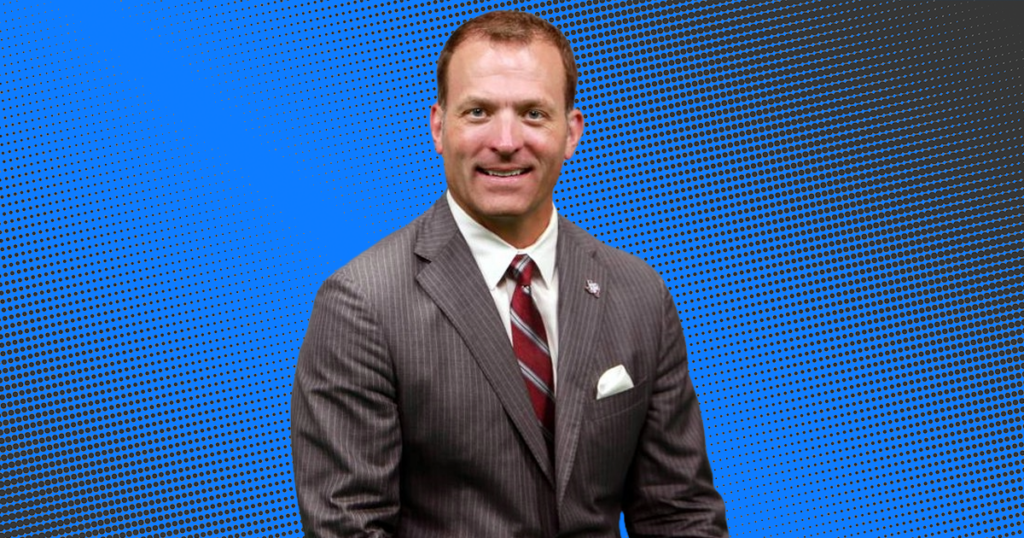
College sports role: Ross Bjork is Texas A&M’s athletic director
“My mindset on NIL is we need to let the free market continue to operate. I mean, that’s what America is built on. That’s what I think the new model of college athletics should be built on is that the free market should rein. A free market should be a free market, whatever that is. And if an athlete can secure an agreement from a company or a collective, they should be able to operate in a free market society. So that’s my fundamental belief. Now, I do believe that the institutions can and should be more involved. The Texas law speaks to that. We were a part of that discussion, and I’m glad that we have the flexibility to help facilitate and identify opportunities for athletes. Athletes look to the universities for support. We should be able to provide that kind of support.
“So to me, the NIL, while it’s important, it’s not the main issue that we need to solve. What we need to solve is what is the financial arrangement between the athlete and the institution, and what is that structure. Until we figure out that structure, then NIL will be a sidebar. NIL will be a distraction to get to what the endgame is, and that is a legally defensible and financially stable model that can be a broad-based enterprise of college athletics and higher education. The fundamentals of NIL, we have to keep working on them. We have to put more resources in place to support our student-athletes.
“I love the fact that we can be more involved, and we try to be intentional about all the things that we’re doing to support our athletes. I love the fact that we can have our multimedia rights holder Learfield be able to create a partnership between an athlete and a company by introducing that company to the athlete. Those are all the things that are part of the ecosystem of NIL that we need to continue to grow. But it’s just the means to get to the end game, which is what is the model? And how do we determine that?”
Arthur Bryant

College sports role: Arthur Bryant is a prominent Title IX lawyer with Bailey & Glasser, LLP
“NIL and Title IX are about to collide – and it’s just a question of when and where. Title IX says schools have to provide male student-athletes and female student-athletes with equal treatment and benefits, and almost no school in the country is doing that now without NIL. With NIL, it is far, far worse. To be clear, if the school is not at all involved and third parties are treating male athletes at the school far better than women athletes and giving them tons of money that women aren’t getting, there is no Title IX violation, because Title IX only applies to educational institutions receiving federal funds.
“But if the schools are involved and the men are getting way more than women, then there is a blatant Title IX violation – and it needs to be stopped. The history of Title IX has shown that women don’t get equality unless they are willing to fight for it. What makes the difference is women being willing to sue.”
Paige Bueckers
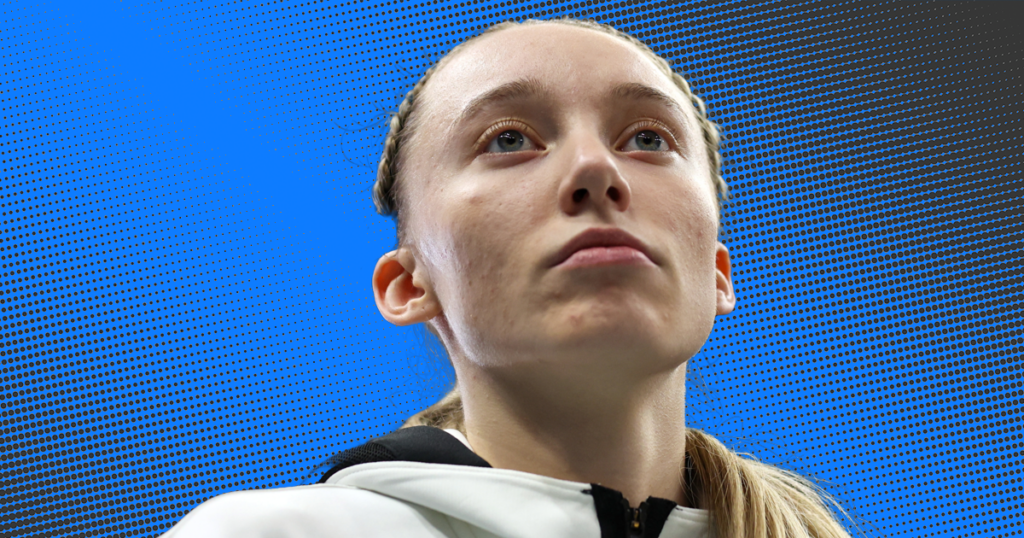
College sports role: Paige Bueckers is an All-American women’s basketball player at UConn with a long resume of major NIL deals
“I think there’s a little bit [of a misconception on NIL], especially in terms of women’s basketball. You hear people say like, ‘Oh, if there was an NIL, I would stay in college as long as I wanted to.’ I think there’s a misconception about people not wanting to go to the WNBA. For me, personally, that’s definitely the main goal and something that I want to attain. I want to make sure that my body and my mind are ready for the WNBA, which is why I’m staying in college longer.
“It doesn’t really have anything to do with NIL, but I think people sort of have that misunderstanding like, ‘Oh, I don’t want to go to the WNBA because I’m not going to get paid as much or I’m not gonna have as much NIL deals.’ Like I said before, that can continue and it can even grow in terms of evolving the WNBA landscape and how that’s covered and sponsored. I think that’s sort of a misconception among women’s basketball that people don’t want to go to WNBA just because of NIL.”
Dan Butterly
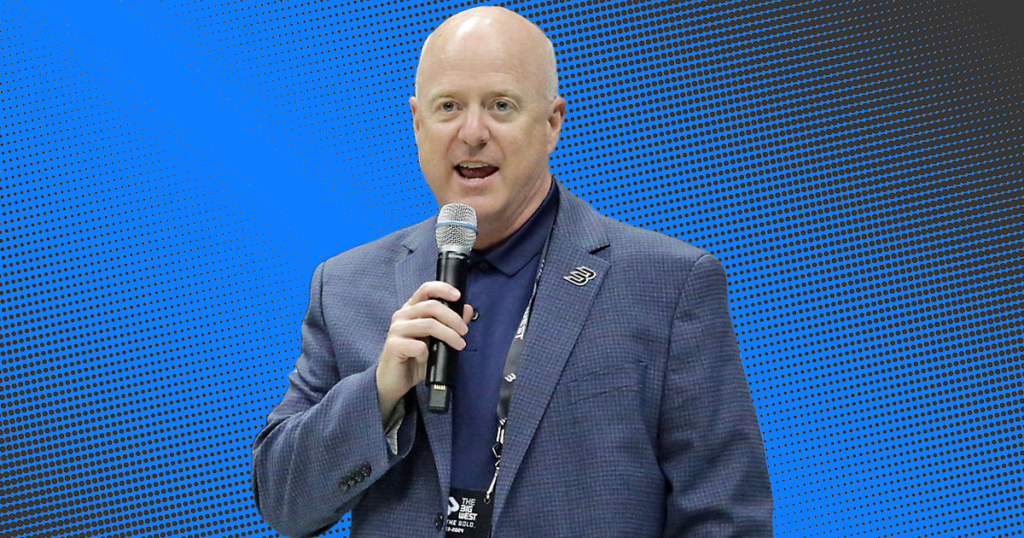
College sports role: Dan Butterly is the Big West Conference Commissioner
“The biggest issue I currently have with NIL is that in too many instances name, image and likeness have become pay-to-play rather than pay-for-work, which I believe is the original intention of NIL. Student-athletes have always been able to earn income for performing bona fide work. But I love that student-athletes now have additional opportunities to earn income for work that is directly tied to their athletic reputation. However, what we’ve repeatedly seen is high-paying collectives effectively buying a player’s attendance at the institution the collective supports and then paying them to play there. As we all know, this creates numerous issues within college athletics, particularly combined with the transfer portal and immediate eligibility when players transfer.
“It has also created the need for many universities to establish education for all student-athletes to help learn the corporate, legal and tax implications of making money on NIL. To make a reported $350,000 in NIL monies but not understand the taxes that will need to be paid months later could cause significant financial problems if the student-athlete did not understand that. There have also been reports of student-athletes signing away their NIL rights for too long and/or losing the ability to negotiate for more later and other reports of ‘agents’ taking far more of a student-athlete’s earnings than the market rate would provide.
“Naturally, institutions want to protect student-athletes from those kinds of issues. But providing that education and having the staff to assist in doing so can be difficult. Additionally, from data I have reviewed, there is a significant imbalance in both the value and quantity of NIL opportunities going to male student-athletes rather than female student-athletes.”
Parker Cain
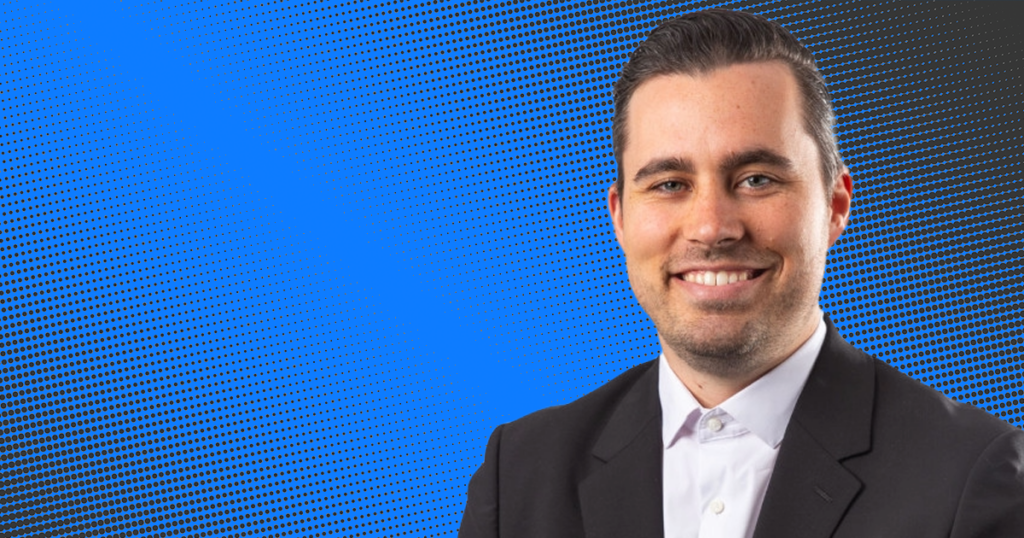
College sports role: Parker Cain is an agent with Excel Sports Management
“Having a student-athlete’s best interest in mind is the most important part of our role in NIL. That is not the case with other players in the space, which is the biggest underlying issue. Misguidance can significantly impact a student-athletes’ eligibility and damage a reputation. One risky business decision for a short-term gain can impact the long-term success of building a valuable marketing portfolio.”
John Calipari

College sports role: John Calipari is Kentucky men’s basketball coach
“We need guardrails and all that stuff. Young people deserve to share in what’s happening. They deserve [to make money] on the name on the back of their jersey, their signature, their autograph. They deserve that. But it’s kind of gone beyond that now. It’s difficult. The one thing I’m happy about is some of our players coming in, they’ve already got deals before they’ve arrived on campus for trading cards, shoe deals and all this. And so there’s not as much pressure for us to have to do X, Y, Z. I tell every kid we’re recruiting, if it’s about NIL more than basketball, you shouldn’t come here.
“The big picture of where you’re trying to take yourself is basketball – that’s what should be the overriding factor. Even though you’ll do better here than any other place you can go, [NIL] is not why you come here. But again, no one listens to me. My suggestion has just been to make it transparent. So every school has to say what their kids are doing – not by name – but by number. Whatever you want to do collectively, here’s what we’re doing. That way we all know the truth about what’s going on.”
Joe Castiglione
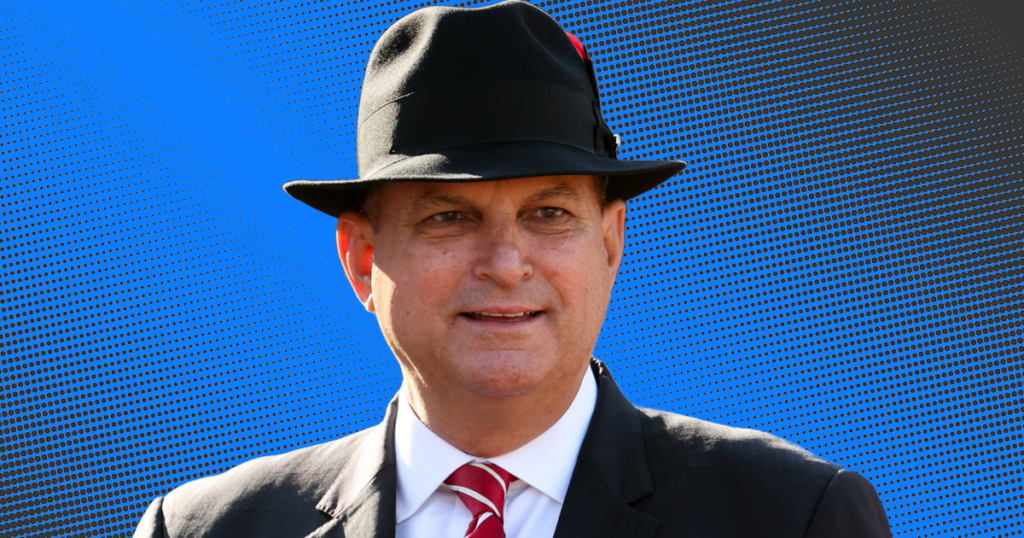
College sports role: Joe Castiglione is Oklahoma’s athletic director
“Our ability to help our student-athletes harness the value of their name, image and likeness is absolutely critical. OU has one of the most innovative and aggressive programs in place to link our players with collectives, helping them realize their greatest value. But, the biggest challenge we face with NIL is that fundamentally, it has gone far beyond its original intention. The inconsistency in laws and guidelines state by state has only exacerbated the situation. I’ve said before, that it’s worse than the Wild West. There’s no stability for student-athletes, and the lack of a unified structure presents economic implications for athletics programs.”
Jim Cavale
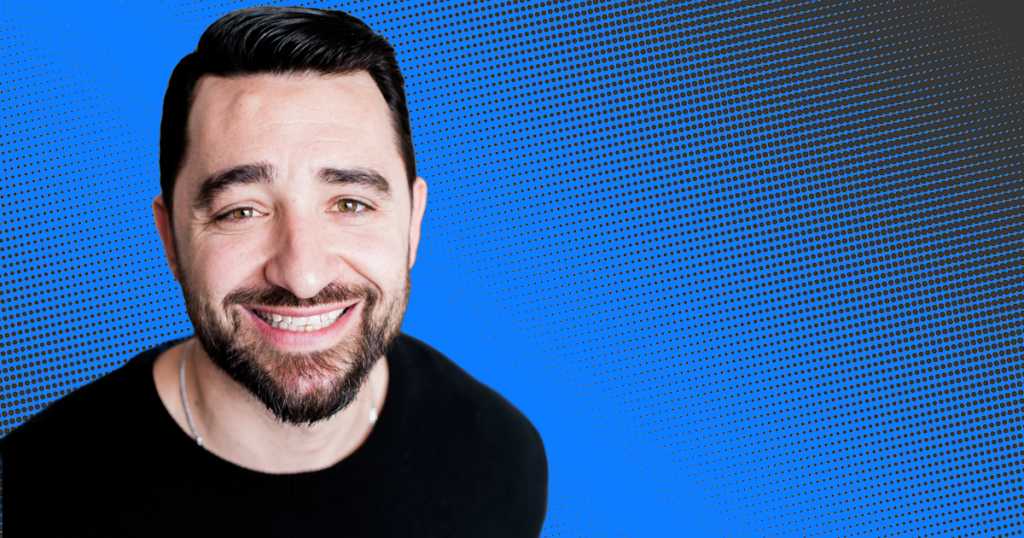
College sports role: Former CEO of INFLCR and founder of Athletes.Org, a membership organization for college athletes
“I think that the fact that the majority of NIL, 80% or so, comes from an entity separate from the school that is funded by donors, that is paying payroll to athletes in exchange for legitimate NIL activities like appearances and other things, to be a Band-Aid for the school not sharing gross revenue with the athlete is, I think, the sand timer is running out. I think that will start by seeing more empty promises. Because even if the money is drying up from the donors, you still have to get athletes. So making some empty promises with hopes that you’ll raise the money in time to pay them out is going to be more and more of an occurrence. Saw it at Michigan State. Saw it in other places. It’s happening in a lot of places where we don’t know about it yet. It’s a really a really big issue.
“What also comes with these empty promises, is you have athletes changing schools and making life decisions based on something that might not even be fulfilled. That’s a big issue with NIL.”
Bubba Cunningham
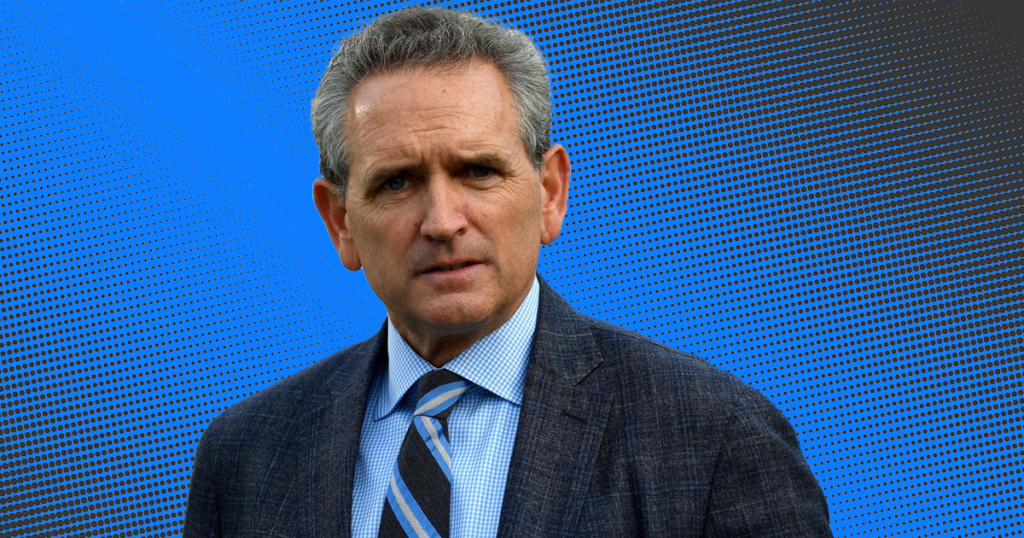
College sports role: Bubba Cunningham is North Carolina’s athletic director
“NIL, as it is currently being practiced, is not what it was designed to be. Instead of simply allowing student-athletes to benefit from their name, image and likeness like any other student – marketing products, giving lessons and running camps, for example, which are appropriate – it has become a compensation model, a means to pay elite student-athletes for their performance.
“There are some student-athletes who are utilizing NIL in creative and entrepreneurial ways, as it was intended. But NIL is largely being used to promote a pay-for-play model. In addition, NIL coupled with the transfer portal has increased the number of transfers and will ultimately reduce graduation rates.
“No [collectives should not move under the university umbrella]. Universities are not prepared to bring collectives or other elements of NIL in-house. There are too many unanswered questions about employment, compensation, anti-trust, Title IX and Title VII that must be considered.”
Andrew Donovan
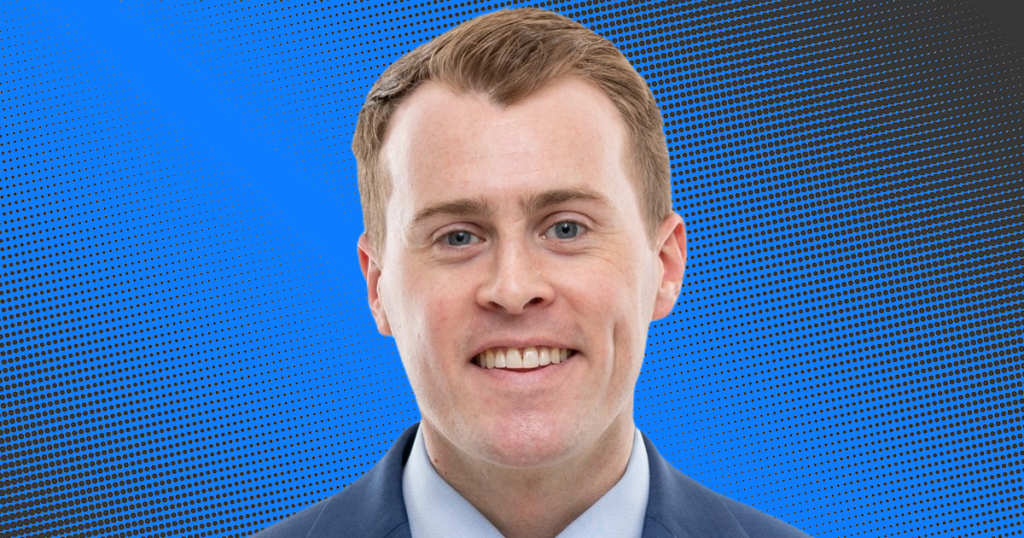
College sports role: Andrew Donovan is Executive Vice President of ASP College at Altius Sports Partners – a company that works with athletic departments to build customized NIL programs.
“Institutions should have discretion in supporting athletes in NIL activities, determining their involvement individually. This involves how institutions offer education, services and resources while collaborating with third parties in a way they believe best supports their athletes. This approach should be paired with an institutional expectation to monitor the permissibility and legitimacy of these entities’ actions. Such a model does not necessitate pay-for-play.
“Providing institutions with more discretion will level the playing field amidst a landscape of inconsistent rules application and nonexistent rules enforcement while garnering the best outcomes for all stakeholders, including, and most importantly, the athletes. The framework for NIL regulations must evolve, and challenges in institutional resources should not justify adding more restrictions – or keeping those that hinder sensible institutional discretion.”
Grant Frerking
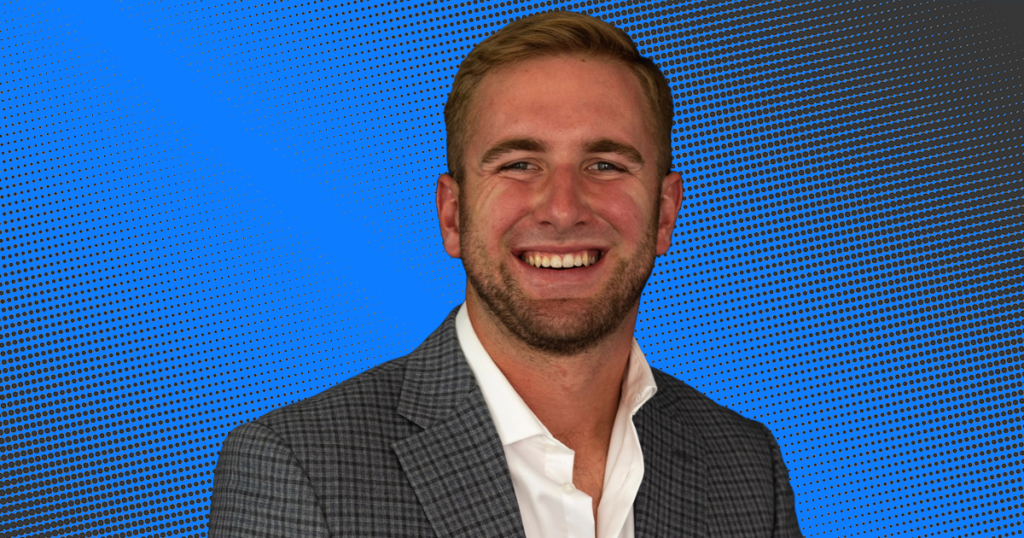
College sports role: Grant Frerking is the Head of On3 ELITE and a former football player at Tennessee
“My biggest thing is people have this false sense of where we stand right now because of the headlines, and the lack of headlines, of kind of what the actual space is. I think it’s pretty clear. You saw the Notre Dame AD [Jack Swarbrick] kind of say something after that latest hearing about, ‘We are sitting here after committee hearing No. 10 and the needle hasn’t moved one bit.’
“What’s it going to take to get to the rev share model? I think where everyone is trending toward right now is just who’s going to be the first person to kind of throw the middle finger up to the NCAA, or who is going to be the first conference to basically say, ‘You know what, it really boils down to the conferences having all the power right now, why would we not just kind of go off on a limb and do this ourselves? The TV contracts are flowing through the conference, all the decision-makers, the power leaders in college athletics right now, especially in football are the conference commissioners. Why would we not just kind of be the first domino to fall to try to rise up against the NCAA?’
“I think just the overall perception from people of where the era stands is the most frustrating thing. We’ve seen especially the markets already starting to change on what an elite player is worth, whether it’s a high school guy coming out or an elite guy in the portal. That’s a true sign of the market correcting itself and figuring itself out.”
Alex Glover
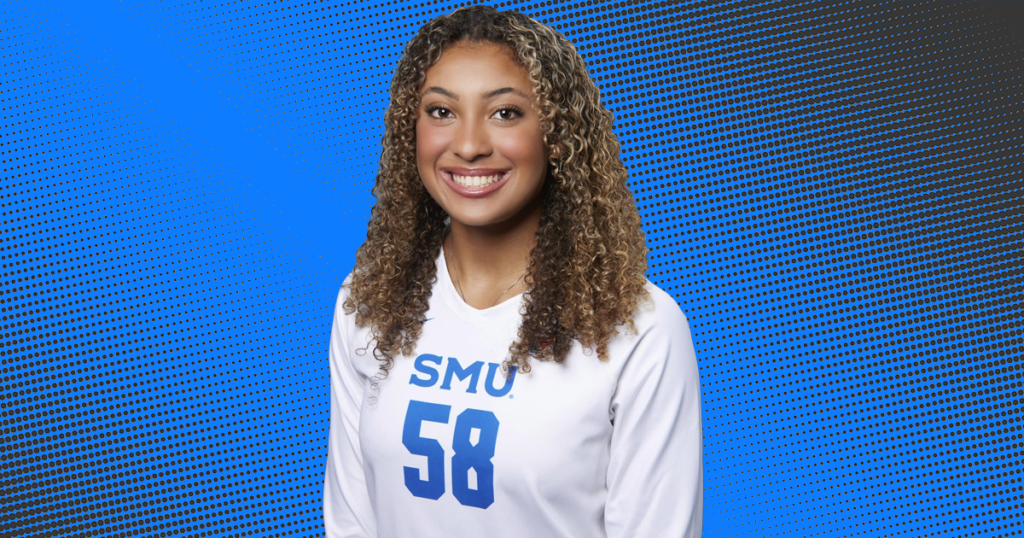
College sports role: Alex Glover is an All-AAC volleyball player at SMU with more than 40 NIL deals and intern experience at CBS Sports
“My biggest issue with NIL right now is the inequality in pay for female student-athletes compared to male student-athletes. I have worked with both collectives and independent brands. I believe collectives should have a right to operate independently from the university. They both offer two different kinds of opportunities for the student-athletes.
“I am an advocate for women student-athletes receiving equal representation in NIL. I believe all athletes should be compensated in accordance with the deliverables they are asked to produce, an athlete’s reach socially, and their influence on their perspective communities should also help determine the pay and not just if they are male or female. There needs to be more focus on equal representation in the NIL space.”
Beth Goetz
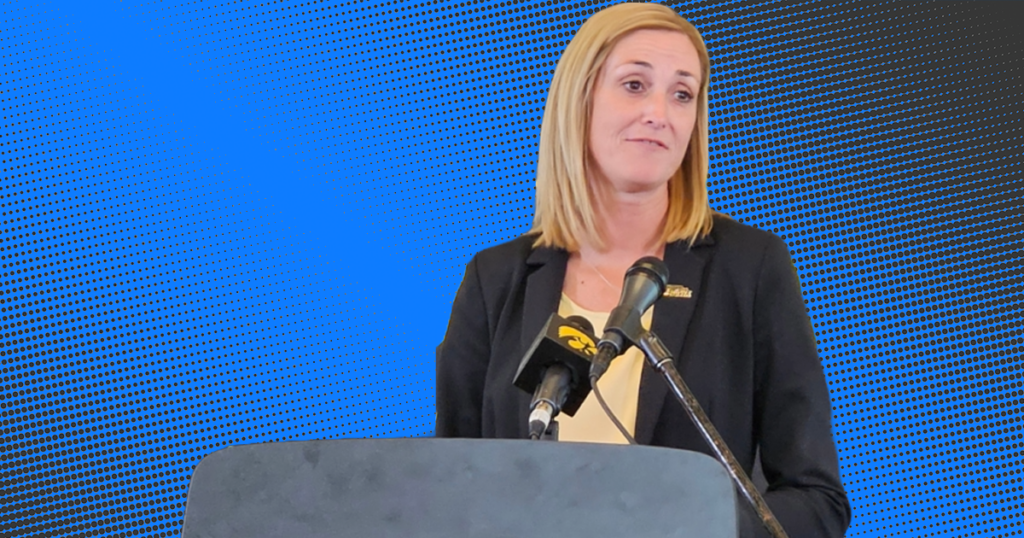
College sports role: Beth Goetz is Iowa’s interim athletic director
“There are a couple of things that I think are priorities. One is understanding that there is some consistency in how NIL is being managed across all states and across all institutions. And so the ambiguity there, in terms of what the rules are, is certainly one. The second piece, and closely connected to that, is an institution’s ability to really engage there. And it’s certainly fortunate when you’ve got a good relationship with your collective. But you’re also on a third-party system, where it’s just not as easy to manage, understand the rules and protect student-athletes the way that you do in any other realm of how we operate.
“And the third one is just transparency and protection of student-athletes. And so, do they all know what they’re signing up for? How real is the information that’s out there? How are these offers being made? How are they being used? That’s really hard to track. And I’m talking nationally, not here at Iowa, but from a national perspective. Those are the things that we need. We need consistency and rules. We need transparency. And we need to be able to have some level of engagement as an institution because we’re responsible for our student-athletes.
“I do think there’s a lot of merit in considering [collectives moving in-house]. We all know there are other implications that you need to be mindful of if that happens. But I think that anytime you want to ensure that just the connectivity and conversation is happening with your external fans and donors that are donating to both. Those things now have to happen. They’re forced to happen, in a silo, as opposed to being able to have sort of these conversations that, ‘Hey, this is a part of what we do.’ And, ‘How do you want to support?’ The same thing with our student-athletes. They are engaging with our team. They are engaging with the [Iowa] Swarm [collective] team. Having everything under the same umbrella certainly has its advantages.”
Dan Greene
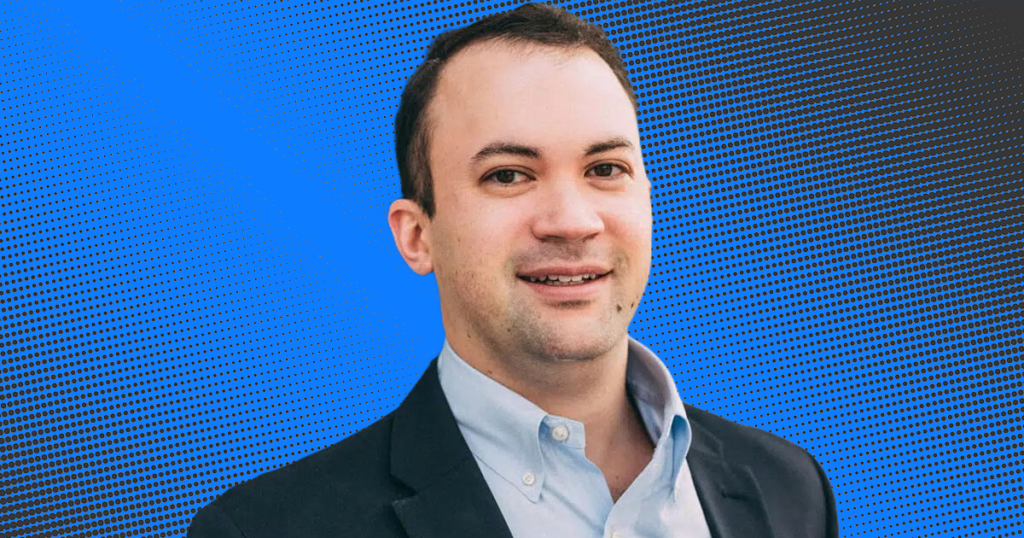
College sports role: Dan Greene is an NIL expert and associate attorney at Newman & Lickstein
“There are many ‘issues’ facing the NIL space right now, but one of the most significant issues is how international college athletes can begin to fully enjoy NIL rights like their American-born teammates. While I do not think Congress will have the answer to solve the ‘problems’ facing NIL and college athletics as a whole, they do have the ability to rectify this issue. This would be an ‘easy win’ for Congress as well.
“Regarding donor-led collectives, I really don’t have an opinion one way or another at this time since there really hasn’t been much enforcement on how collectives operate. Bringing collectives in-house could be beneficial for schools since it’ll give them more oversight but could also create issues with Title IX compliance. At the end of the day, I’d be in favor of whatever brings the most transparency.”
Steve Hank
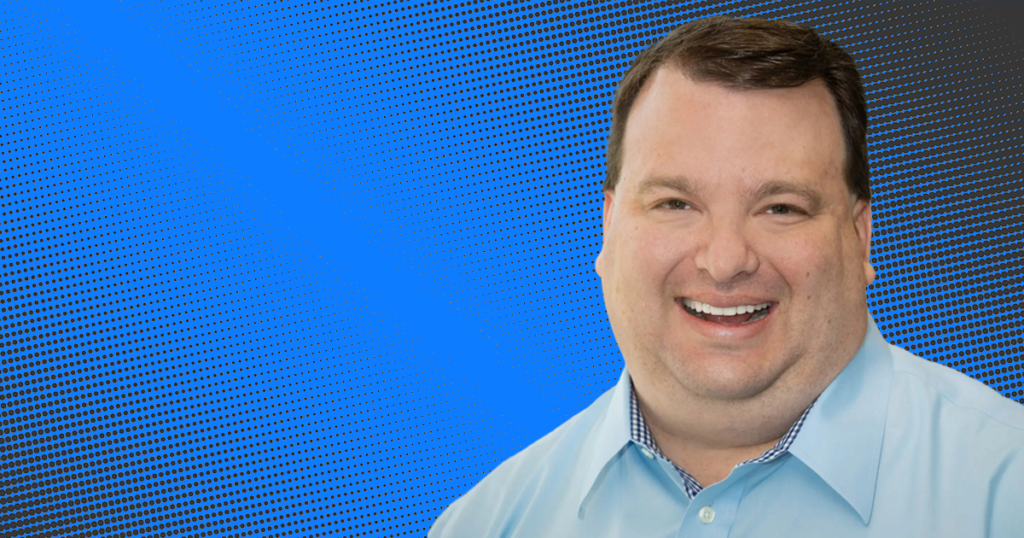
College sports role: Steve Hank is Executive Vice President of Collegiate Athletics at Affinaquest, a leading data management company in college sports
“The concept of collegiate athletics, historically, has been really built around that somewhat balanced playing field for competition that everybody always had a chance. We all knew that there was an imbalance to that competition. But the potential for NIL to exacerbate that imbalance that does exist is really, really real. There’s everything from the myriad of different state laws that provide more financial freedom for college athletes in some states and others are problematic.
“You’re already seeing states repealing laws that they passed in the beginning. States passing or repealing those laws, like Alabama did, is really creating, quite frankly, chaos that nobody knows how to follow. So there’s really a desperate need for oversight. Somebody needs to be held accountable. That’s really what the biggest issue is, the lack of transparency, the lack of deal reporting, the lack of consistency. The biggest need is consistency and a framework.
“I don’t know if that’s a perfect solution [collectives moving in-house]. But I think it’s the best of the imperfect solutions that are going to be out there. Without having the collectives tied to the institutions in some way, how can you hold people accountable? And how can that regulation occur? If you don’t have somebody that you can hold accountable, tied to the institution, it leaves a recipe for nefarious things to occur or competitive imbalance to occur. The best of the imperfect solutions is to put it under the institution. But there has to be a solid framework. Without a framework, the entire [space] is going to continue to be chaos.”
Penny Hardaway
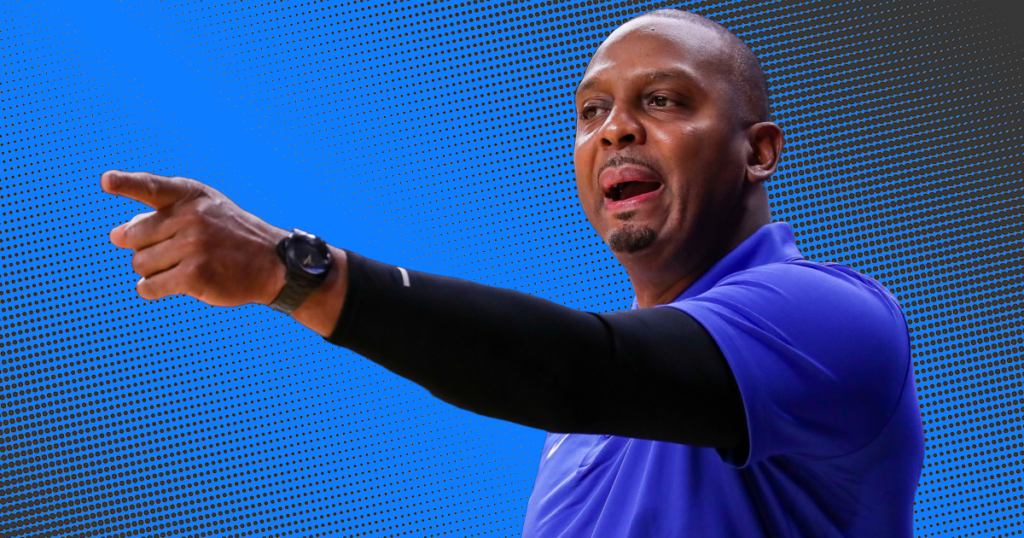
College sports role: Penny Hardaway is Memphis men’s basketball coach and a former NBA and college basketball star
“Everyone doesn’t have the same amount of money, so it’s challenging for a lot of schools. It’s been hectic on the donors and everyone trying to get involved to help. You have donor fatigue. You go back to the same donors all the time.
“I think there needs to be uniformity. Or it’s going to be the same teams being able to build really highly because they have the most money to give guys. Because guys aren’t going to schools anymore because of the tradition of the schools or the coach. First, it’s ‘How much money can I get.’ Then it’s, ‘What’s up, Coach? My name is …” It is a recruiting advantage with the state laws but that’s the way it is. If you can get some uniformity, that would be great.”
Steven Hatchell
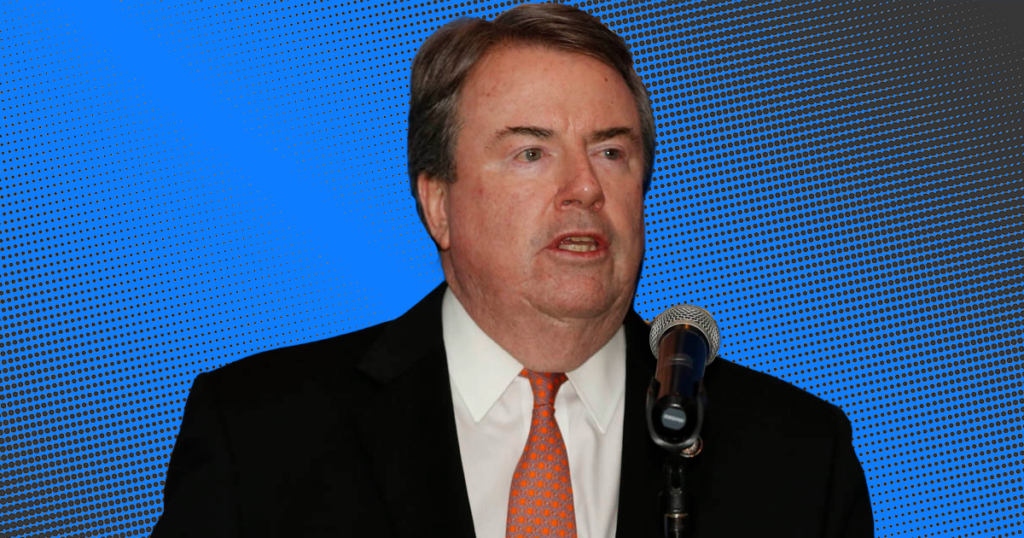
College sports role: Steven Hatchell is the National Football Foundation President and a former Big 12 Conference Commissioner
“I still think NIL is in its very early stages and not overly developed. It’s one of those things that since it’s so significant, it’s one of those that I think will take a three or four-year span of time before it gets into, I don’t want to say the pattern, but it gets developed enough that people understand it and see how it works to see if it’s sustainable. The other part of it is, too, you just need to have a lot of honesty in it. From the feedback that we get, there are a lot of rumors about how much is going on here with certain individuals and it turns out not to be accurate. I think smart people will learn how to adapt and make it work. It’s in an embryonic state right now.”
Christy Hedgpeth
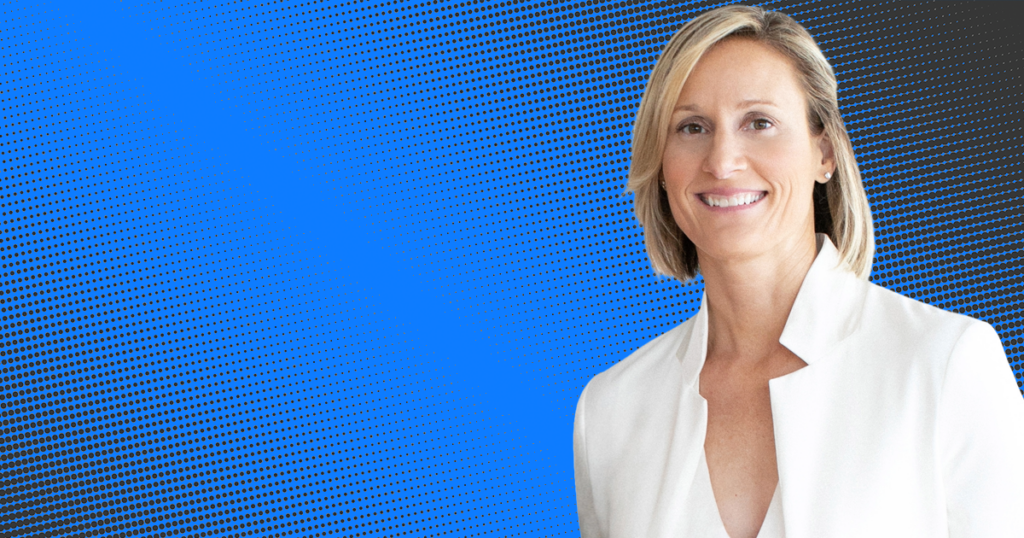
College sports role: Christy Hedgpeth is a former Stanford basketball player and President of Playfly Sports Properties, a sports marketing company with a portfolio of 25 universities and conferences
“The biggest issue is the blurring of the line between NIL, as it was intended, and pay-for-play. We clearly now have pay-for-play. But it’s still labeled as NIL. This reality has created an unlevel playing field for schools. Fair competition is a central principle of sports, and compromising it threatens to erode the tremendous value college athletics has built over decades.
“If schools are allowed to take on a more active role in supporting student-athletes with NIL, collectives and the current role they play will have to evolve into the future. An integrated system with clear guidelines and enforcement is ultimately better for student-athletes and schools than the status quo.”
Darren Heitner
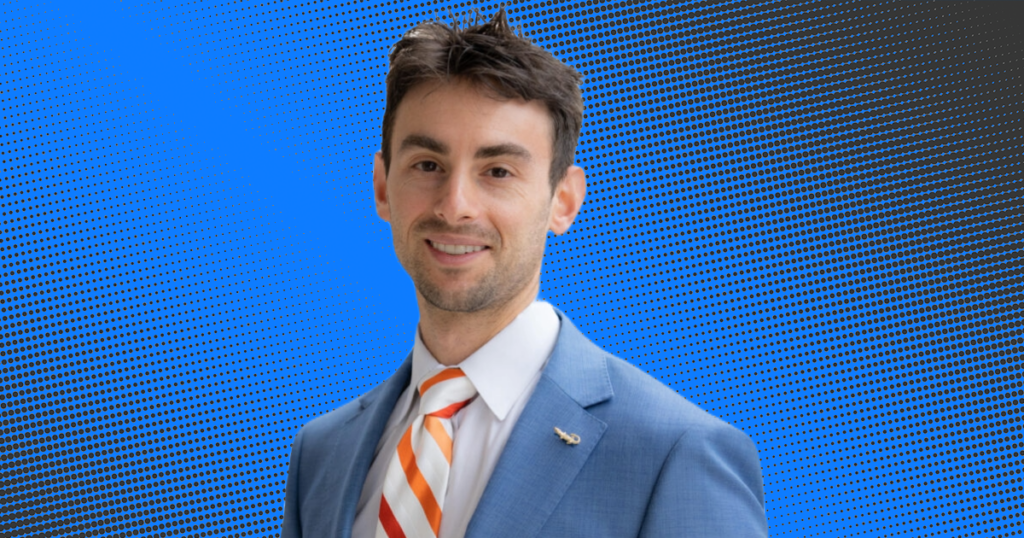
College sports role: Darren Heitner is one of the top lawyers in the NIL space
“It’s hard to say there’s a biggest issue. I am on the side and of the opinion – and have been forever – that there should be a free market economy. I’m in favor of the least amount of restrictions possible. I don’t see various state laws or policies creating a doomsday scenario that others suggest. So from my perspective, I don’t see a lot of wrong in the current ecosystem.
“What I am most bothered by, and it’s a topic that comes up at least once a day to me from clients and otherwise, is the uncertainty surrounding international athletes and their capacity to engage in an NIL. Just this morning, I was asked, ‘What constitutes passive income? Is that something that is acceptable? Is there a zero risk? Or if there is risk, how much risk? And even with respect to participation back home or payment back home, what is OK, and what isn’t?’
“The real lack of clarity, the fact that there is any risk whatsoever is very troublesome. So, to me, the biggest issue is that. My hope is Congress recognizes that’s the low hanging fruit and attach to that issue, as opposed to getting caught up on these much more robust pieces of legislation that go well beyond NIL.”
Michael Hsu
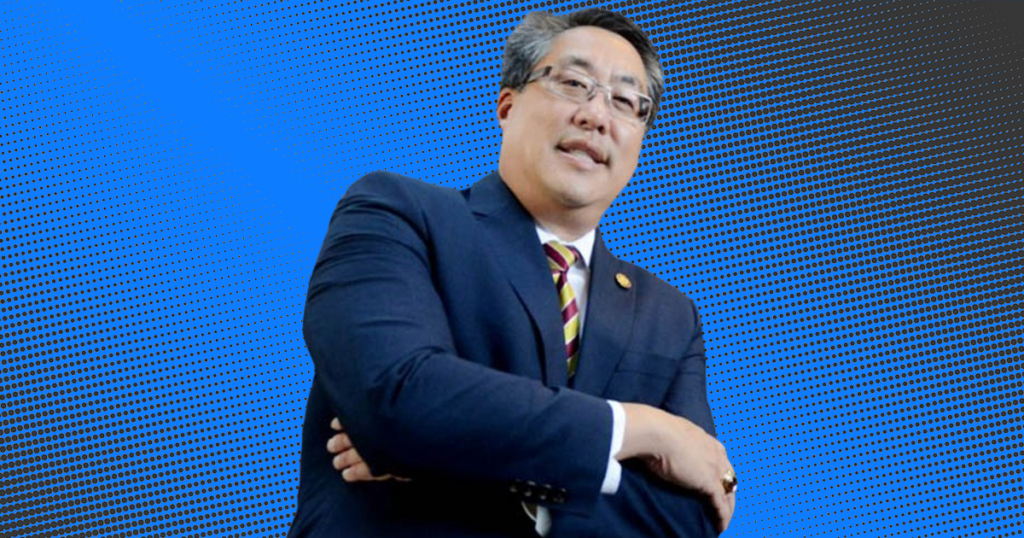
College sports role: Michael Hsu is co-founder of the College Basketball Players Association
“The biggest problem is just the people complaining about there being a problem. There are people who don’t want there to be a free market. It all boils down to: They are trying to stop employee status. And they didn’t want them [athletes] to get NIL either. What NIL has proven is that these players have value. It was proven during the pandemic. There was a shitload of revenue – billions of dollars on the line – because they were talking about not playing football, and they didn’t play the NCAA tournament. So people realized that these people had value. They just didn’t want to actually pay them. And they still don’t want to pay them.
“If a collective goes in-house, they are then effectively under Title IX, whereas the complaint that the Title IX people used before was that a collective being outside the university is not subject to Title IX.”
Sean Hughes
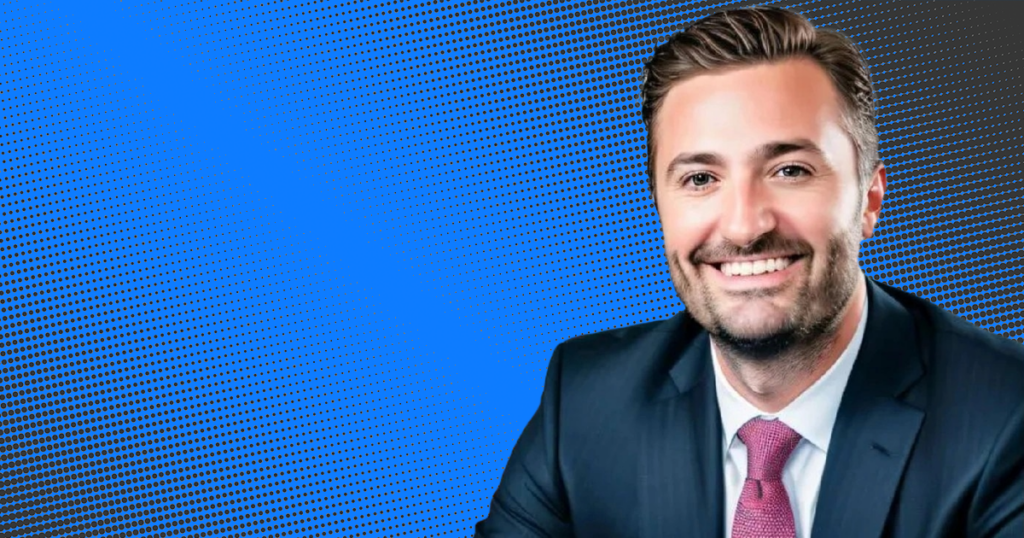
College sports role: Sean Hughes is co-founder and CEO of Athliance, a top NIL compliance solution
“The greatest issue in the NIL space is inconsistency. With varying state laws and institutional policies, student-athletes face a minefield of differing regulations, leading to inadvertent risks. As for collectives, while they present innovative solutions to the NIL equation, placing them directly under school umbrellas could introduce more complexities than solutions. A balanced, well-regulated partnership model might be the more prudent path.
“The biggest issue that will emerge from collectives falling under the guidance of the schools would be liability. The clear example of that is that collectives help organize a deal with, like the Utah team where their entire team gets cars. Now, what happens if one of those 18 or 19-year-olds gets a DUI and [hurts] somebody in one of those cars? It’s an extreme example. But there’s very clear-cut liability issues with schools being involved in facilitating those deals.”
Bill Jula
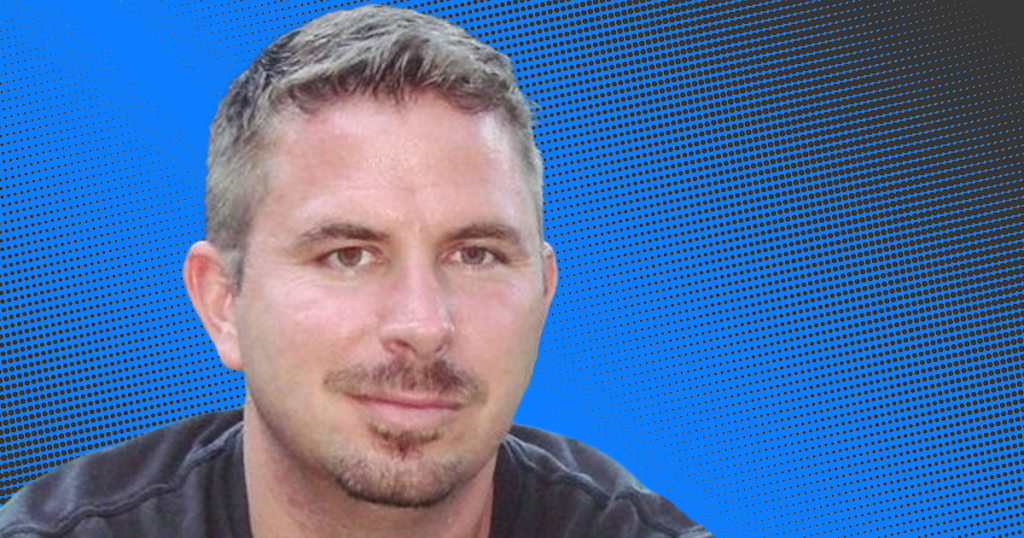
College sports role: Bill Jula is the CEO and co-founder of Postgame, an agency that manages some of the top NIL campaigns in college sports
“I don’t have any real issues with the state of NIL at the moment. Even though we’re 30 months into this, I think it’s still too soon to make any judgment on how this ‘free market’ environment plays out. College sports are as exciting as they’ve ever been.
“Moving collectives under the umbrella of schools takes us closer to ’employment’ – something I don’t believe most schools want to embrace for all sorts of reasons. For all of its flaws, the collective model does provide the buffer needed to give schools the freedom to ‘pay for play’ without technically paying for play.”
Blake Lawrence
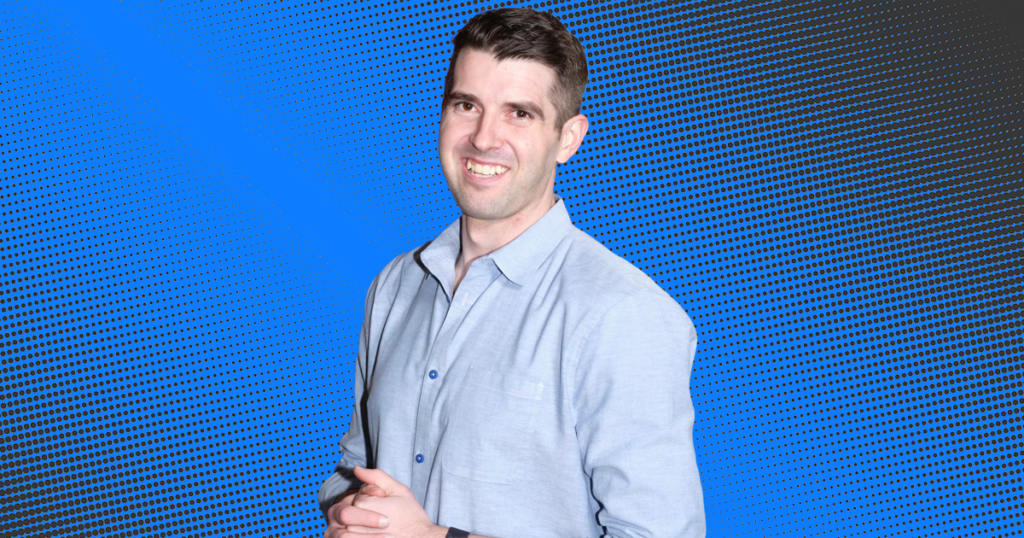
College sports role: Blake Lawrence is a former Nebraska linebacker and co-founder of Opendorse, the largest provider of technology in the athlete endorsement and NIL industry
“The biggest issue with NIL right now would be that the schools cannot be as involved as they would like in ensuring the success of their NIL programs in their market. That would stem from the ability to raise money for a collective with a lot more clarity on what they can and cannot do… Unfortunately, that’s the truth of the matter. Institutional involvement is what needs to be shored up sooner than later so that all institutions are playing by the same rules or same understanding of how involved it can be.”
Dan Lust
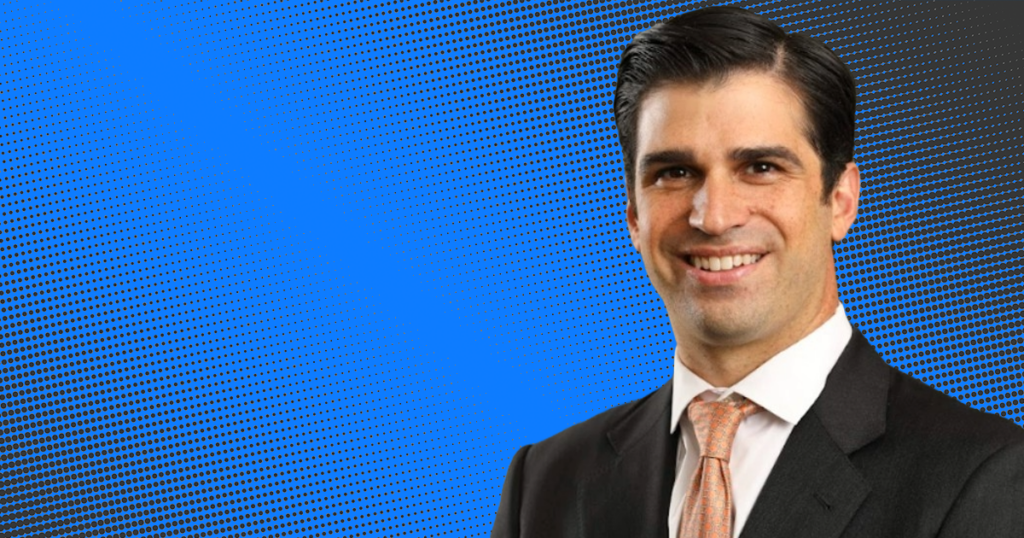
College sports role: Dan Lust is a sports attorney at Moritt Hock & Hamroff LLP and sports law professor at New York Law School
“The question whether there is a future for collectives if schools can start paying athletes? The people that are doing the work with the collectives are kind of working in a way to benefit the institutions… There are NIL directors at other schools and their job is to kind of understand the rules and laws and help kind of raise money for athletes. If that entity is just kind of brought under the school’s banner, it makes a lot of sense. The school doesn’t have to hire all these different people, especially if the institution or this entity is already kind of self-sufficient. So I certainly can see that.”
Heather Lyke
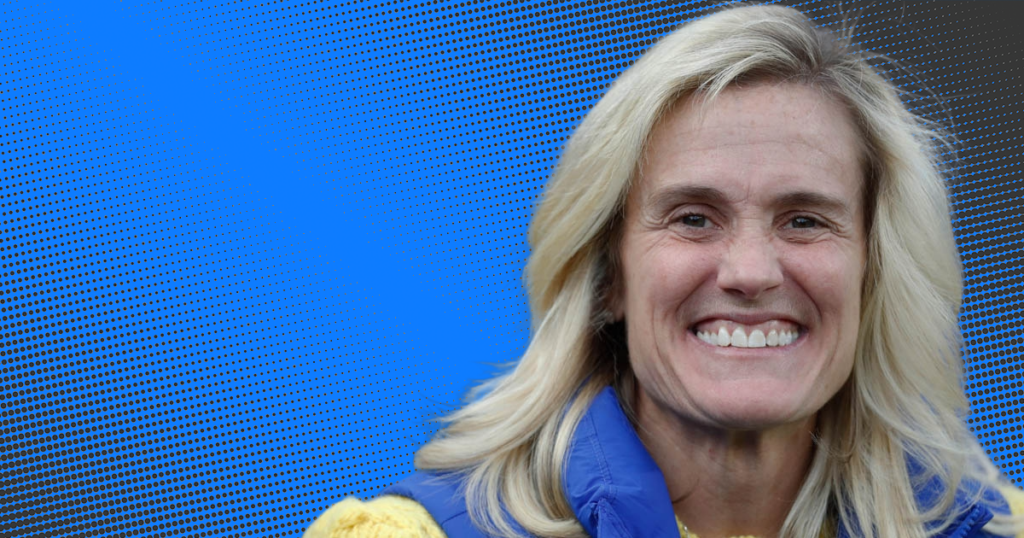
College sports role: Heather Lyke is Pittsburgh’s athletic director and an ACC representative on the NCAA Division I Council
“The biggest issue is probably helping support our coaches who are trying to manage this issue, and the challenges of the lack of transparency about what’s really happening at all our competitors. We have a collective and coordinating and communicating and being aligned with our collective and helping them raise money and support is important. But the crux of the biggest challenge is the fact that there’s no transparency, and just registration or documentation. We have it. I know what everybody is getting and making, and we have it documented internally.
“That would help a lot because it would eliminate the taboo about the topic. It would also eliminate the leverage that student-athletes, recruits, agents and family members have over universities. And if it’s permissible, and I don’t like the word ‘salary cap,’ but here’s what our roster looks like, just like we have a squad list and it lists tuition fees, room and board, books, cost of attendance, Alston money. NIL money, what is it? It’s all permissible. So why aren’t we just saying it? Because then kids aren’t saying, ‘I’m only going to come for $800,000.’ And we say, ‘OK, we’re not paying $800,000.’ ‘Well, what would you be willing to pay?’ So they are not really paying $800,000, know what I’m saying? They’re just trying to get that. And it’s just ridiculous.
“[On moving the collective in-house] Then it would be truly pay-for-play. If it’s really within the organization, then we run it, we figure out the money. We’re responsible 100% for it. I would say if we could agree that we’re going to have the elements of scholarship, cost of attendance, Alston money and NIL. The problem is, it’s the donors’ money, you know what I mean? How do you get them to donate to the athletic department? It would be great because they’d love the tax deduction. Would we really move collectives within the organization? Then it really just becomes our decision to pay them what we want.”
Ksenia Maiorova
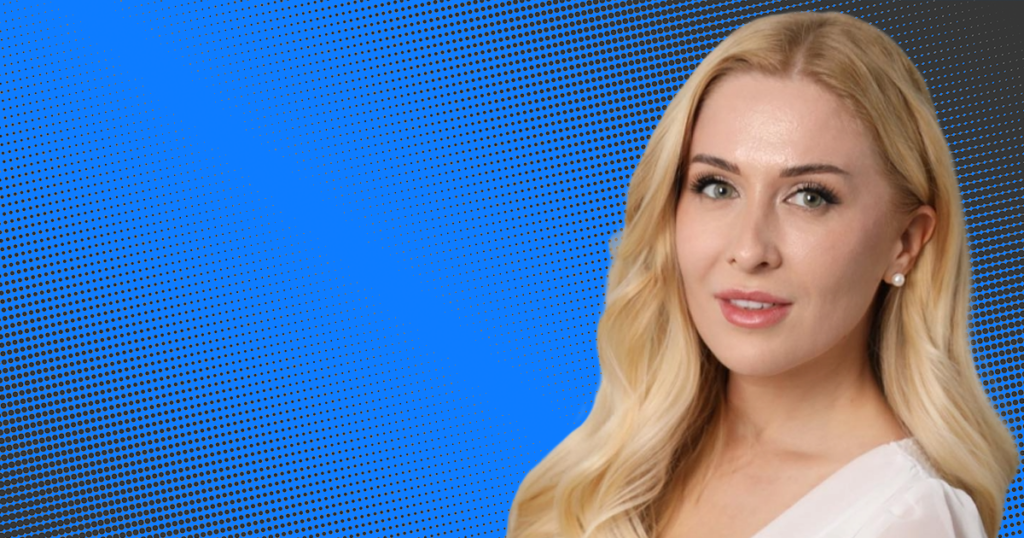
College sports role: Ksenia Maiorova is an Immigration attorney who co-authored a book titled NIL X Immigration
“We’re facing largely the same issues [with international athletes] that we’ve been facing when all this began. We’re getting a little bit more clarity as sort of the brain trust of attorneys who work on these issues comes together and figure out ways that we might be able to make it work for some athletes. But from a rules perspective, a government policy perspective, absolutely nothing has changed… The ethos behind the NIL regulations in general is sort of equal access, right? And the international student-athletes are now just being treated as second-class sort of citizens. They’re just simply unable, legally, to take advantage of NIL on par with their U.S. counterparts. And there’s no solution for it that is universally applicable. I hope that changes but it hasn’t yet.”
Tom McMillen
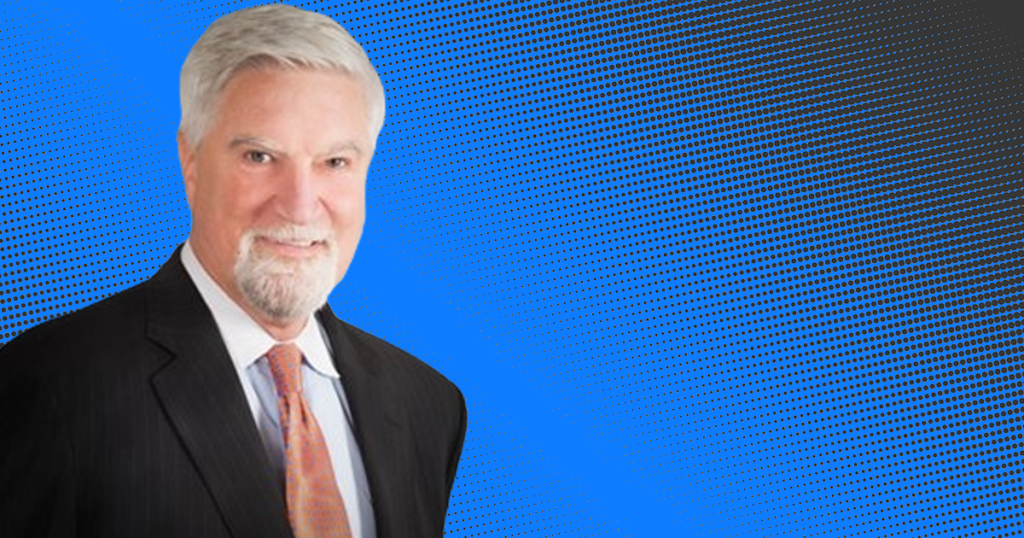
College sports role: Tom McMillen is a former U.S. Congressman and current CEO of LEAD1 Association, which represents the athletics directors of the 133 member universities of the Football Bowl Subdivision
“We had a forum [recently] and had about 50 ADs participate – it was very interactive, virtual. And we just talked about collectives and how they fit into the college sports ecosystem. Their big concern with collectives is that they are preponderantly the place deals are being done that are not true NIL. They are based on inducements or retention compensation. Our ADs feel pretty strongly that they want to see collectives regulated. So hopefully that will be one of the outcomes from Congress. The vast majority of our ADs would like to see it regulated, just to cut down on the faux NIL that is occurring there.
“The second part of that [whether to bring collectives in-house], I think our ADs are divided on that. And they are divided because of the complexities of Title IX if they bring it in-house. They also think right now that the monkey of paying student-athletes is on the collectives’ back. Putting it in schools would be the schools’ responsibility. So some of our ADs worry that that is just going to set off another arms race. An in-house arms race that would go along with facilities and coaching salaries and everything else. So that one is mixed. It is very complicated.”
Jacqie McWilliams Parker
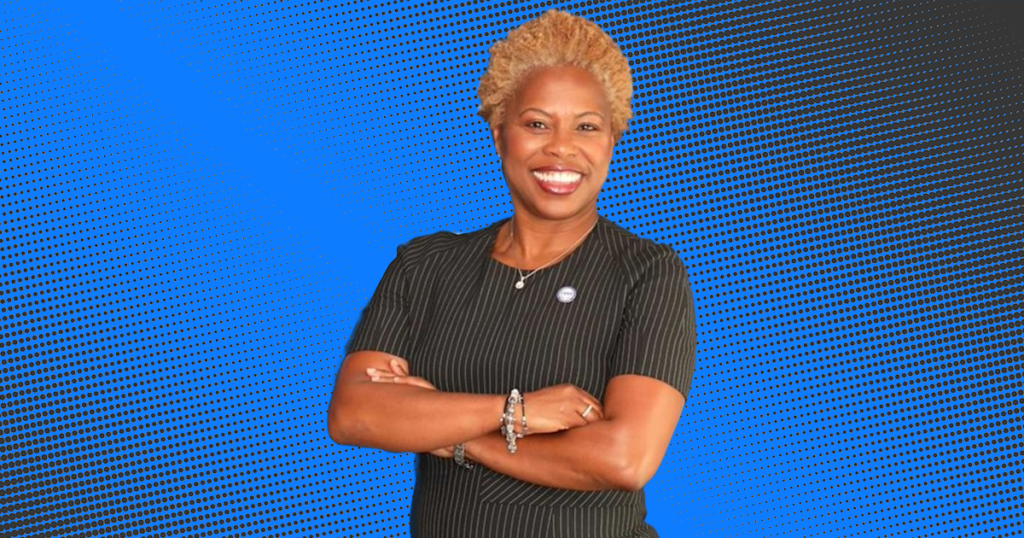
College sports role: Jacqie McWilliams Parker is the Commissioner of the Central Intercollegiate Athletic Association, which mostly consists of historically black colleges and universities
“There’s still no jurisdiction over the third parties. You’ve got several state laws. So it doesn’t really give, as we would say, an equal playing field from state to state, whatever the laws are, that are permissible to do this in one state, and you can’t do this in another state. There are some recruiting disadvantages for those schools that are able to do more to provide more access to NIL opportunities. There are some bad [actors] out there when I say that some ‘third parties’ as it relates to giving deals to student-athletes and student-athletes are still having to be educated, which is important. They’re pretty much running their own business and making sure that they’re signing contracts that are healthy, and that don’t take advantage of them. There are just some inconsistencies, or how it’s managed state by state. And then making sure there’s some protections around these student-athletes that are having these deals, that may not be always the best deals that they think they are.
“I think resources are different from all of our institutions. When I think about our institutions and our HBCUs and managing the collectives, do we have the bandwidth, the capability, the people, the resources to do it in-house? I think it’s going to just change, to be different from one conference to one division. And I think philosophies are different. It might work for some. But for most of us, I’m not sure. I don’t know. I don’t want to say in our best interest, because I don’t want to say it’s not possible. I just think it would cause some challenges. And we already have challenges with resources, and trying to manage the current and NIL with our student-athletes.”
Michelle Meyer

College sports role: Michelle Meyer is the founder of NIL Network, which provides education and strategic guidance to advance NIL
“Just the confusion between the two markets. And I think that it impacts more than just the brands and businesses, it really filters down into the school’s perspective. Even administrators who are working directly in NIL, their perspective of what it is, the coach’s perspective as well as the athletes. I look back at my time at San Diego State, I had quite a few athletes come up to me and be like, ‘Where is my NIL money? Where is my deal?’ That just isn’t the reality.”
Redi Mustafaraj

College sports role: Redi Mustafaraj is a walk-on kicker at Oklahoma who uses his NIL to operate DoubleTeam sportswear
“I believe that it all comes down to the situation at hand. As a walk-on who is trying to pay for tuition, the NIL landscape is not as glamorous as people make it out to be. You have your ‘top dogs’ and then you have ‘everyone else.’ There are collectives in place in which ‘everyone’ benefits. However, it is not the same across the board. I am not arguing against that. However, I do believe that in the space that we are in right now, and the resources that are in hand, everyone should be able to be comfortable financially during their college career if the ability to do so is there.”
Gloria Nevarez
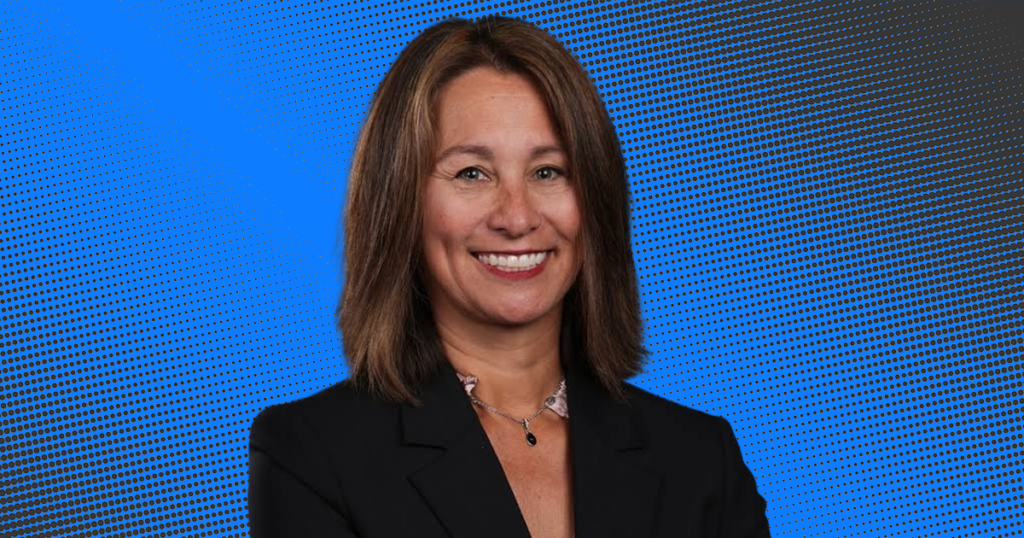
College sports role: Gloria Nevarez is the Mountain West Conference Commissioner
“Pay-for-play. I really hope there’s some way we can get our arms around that piece. Because I do think it’s a generally good benefit for student-athletes to monetize their name, image and likeness, but it is being used for pay-for-play out there. And I don’t know how to put that genie back in the bottle.
“[On moving the collective formally in-house] I don’t know if it’s formally moved under the school umbrella – maybe it is – but the schools need to have some connection to the collective because right now having absolutely none, I feel, is just detrimental to both the school and the student-athlete. You hear a bunch of stories about student-athletes signing away rights into perpetuity and deals not coming to fruition. And so there is a role for schools to play there. And I really like the simplicity and the structure of President Charlie Baker’s platform. There’s transparency, a clearinghouse, uniform contracts – those types of things.”
Tori Ortiz
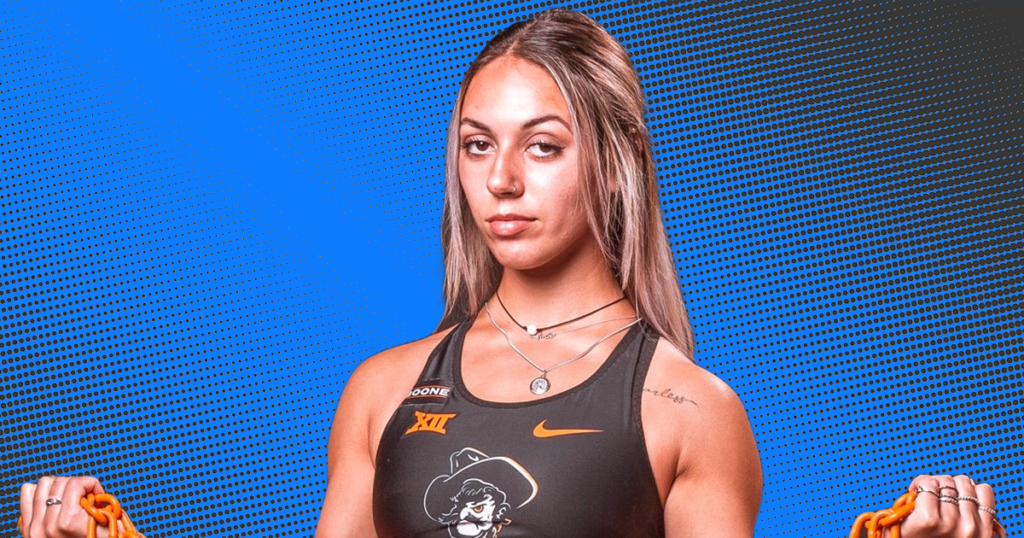
College sports role: Tori Ortiz is a former Oklahoma State track athlete who finished her career with the highest On3 NIL Valuation in the sport
“I always think the biggest issue in NIL will be the inequality between men and women. Men take up 60-plus percent of compensation, with 55.1% being from football itself. I also think a big issue with NIL is not letting international students get deals. To me, that’s one of the most unfair things. There are so many beyond talented international student-athletes who could be making good money and they cannot even benefit from it.”
John Rhys Plumlee
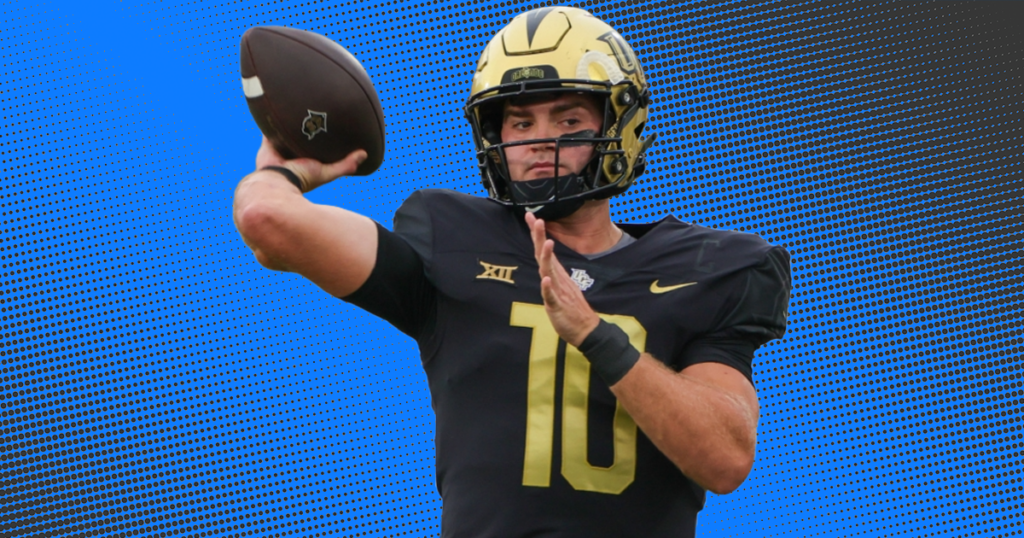
College sports role: John Rhys Plumlee is a quarterback at UCF with a long list of NIL agreements with top brands
“If I was doing this by myself – like I know a lot of guys don’t have a Jeff Weiner [agent] in their life – I think that would be really, really hectic for me to try to navigate trying to play football at a really high level but in the same sense wanting to make money on the side off of your name, image and likeness. And so I think that would be really, really tough. Not something that I specifically struggle with, because I have Jeff. But there’s a time constraint for doing NIL. When you’re in the season, you don’t have a bunch of free time. I think that’s something that I myself deal with, but definitely other guys as well.”
David Ridpath
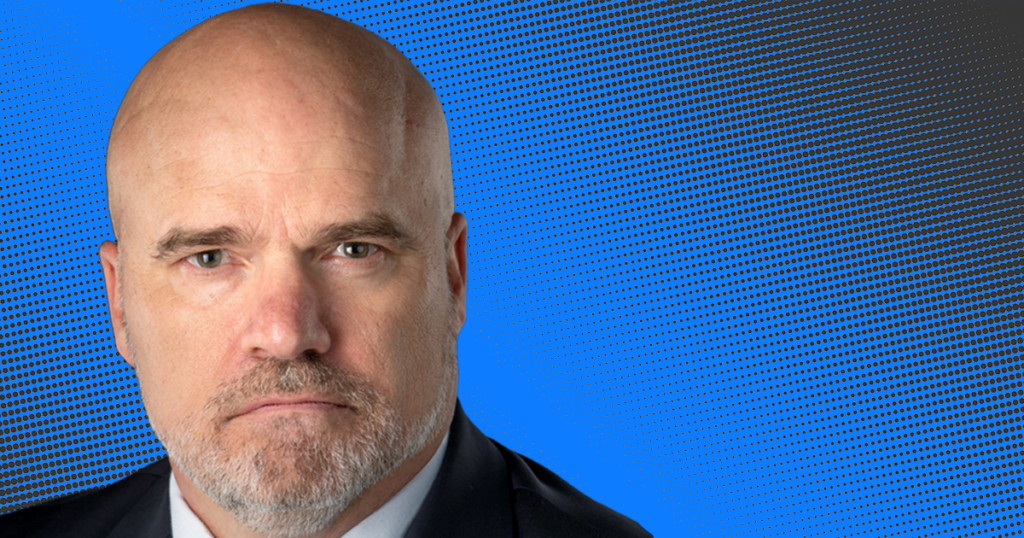
College sports role: David Ridpath is a professor of sports business at Ohio University who has appeared before numerous Congressional committees regarding college athletics
“I am one [who believes] that less is more. But I do see the wisdom of having the collectives under the umbrella of the schools as booster clubs, foundations, etc., are. I am all for NIL, and while not perfect, it makes the world more fair for the college athlete.
“I certainly do question the potential Title IX implications. But I think those can be solved either organically as women’s sports gain in popularity or by simply operating under the framework of equality and access. In this case, the schools might be able to manage it, but there is also a danger of it being worse. If you pinned me down, I would slightly lean toward them being under the umbrella of the schools.”
Greg Sankey
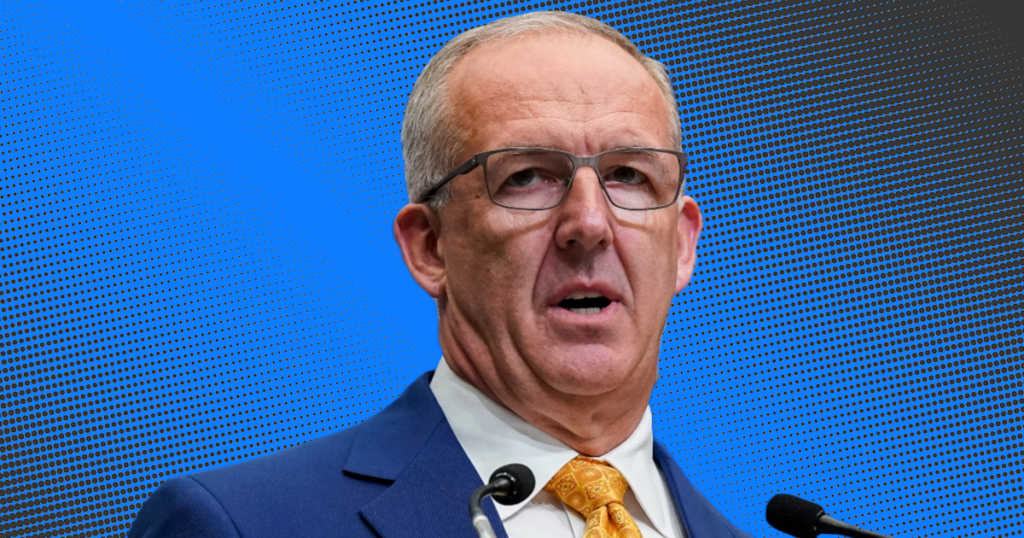
College sports role: Greg Sankey is the SEC Commissioner
“From my perspective, when I speak of NIL, I’m often fascinated when I say explicitly, ‘NIL is not going away. It is here. And I’m not suggesting we take it away.’ And so that’s a fundamental. The biggest issue I have is this has been introduced on a state-by-state basis. You’ve seen states adopt laws, and then pull back on what were reasonable laws. And states that adopted appropriate frameworks have backed away in kind of a competitive race.
“So we now have a situation where I know of no enforcement action taken by a state to ensure its laws are being followed. And then states have gone further to bar enforcement action by the NCAA and, from where I sit, by conferences. We don’t have NIL policies at the conference level; we began discussing those a couple of years ago. And state legislatures are now saying that if a voluntary association like the SEC, through its board, adopted common sense approaches in conference policy we can’t even oversee and enforce those, which I’ve identified as an absurdity in this process. I think our student-athletes deserve better than the state-by-state process. Our student-athletes deserve to know that when they line up against a competitor from another state they’re governed by the same basic set of policies.
“[On moving collectives under the university’s umbrella] What is actually a collective?
“When you ask that way, it defines it in a way that I think is a colloquial, as opposed to a specifically defined term, and it allows anyone under the current approach to hang a shingle out and call themselves a collective and not have to provide any transparency around who’s involved, what oversight exists, where’s the money coming from, how’s it being used, where’s it going?
“What gender disparities exist around the way funds from each collective are distributed to students in the athletics programs?
“So what that says is this current approach is not sustainable – and really lacks a kind of relevancy. Now, does that just migrate into a university setting? I think that’s a much more complex question than just whether should collectives be under the heading of a university, but the situation now is undefined. I’ve heard enough stories of empty promises from so-called collectives and unfulfilled commitment to believe the current approach has a lot more problems than are known or disclosed.”
Julie Sommer
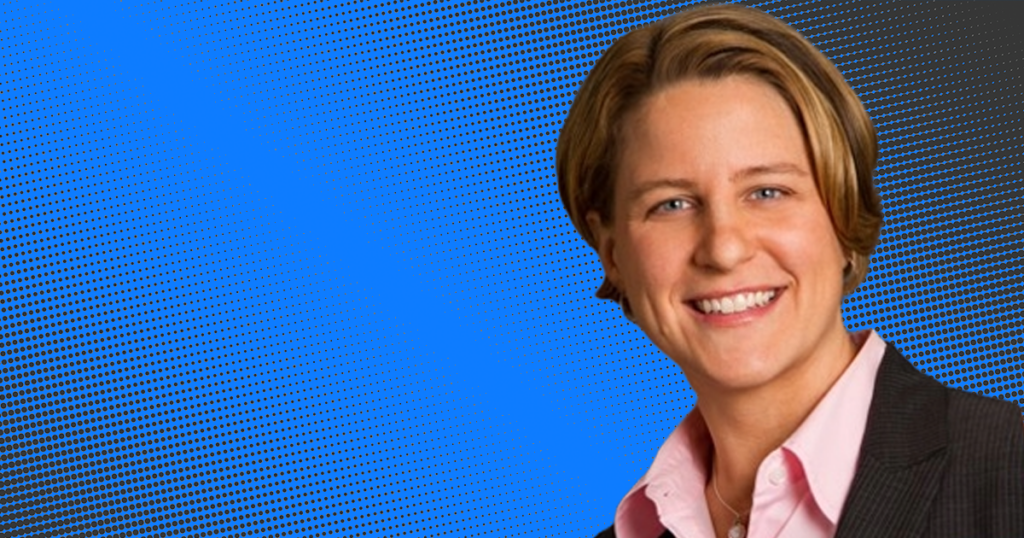
College sports role: Julie Sommer is the Executive Director of The Drake Group Education Fund, whose mission is to ensure that the promise of college athletics is realized for all stakeholders
“Right now, collectives are becoming tools to strip money out of general support for athletic programs, and direct dollars into the hands of almost exclusively male athletes. If collectives are here to stay, we either need to officially affiliate them with schools that must comply with gender equity requirements, or regulate them externally to make sure that they aren’t just a workaround to suffocate women’s teams and non-revenue programs. One way or another, something has to change.”
Russ Spielman

College sports role: Russ Spielman is a partner at GSE Worldwide, a leader in athlete talent management and sports marketing partnerships
“I just wish they were all bigger, better, stronger, faster partnerships that we’re looking for. We like these deals where you work with a company and you build equity in the relationship. But because it’s such a short timeframe, it’s really hard to get to know the company and the company to get to know the athletes and really integrate them into the marketing. And it just becomes more of a rental, a short-term partnership. That’s probably my biggest gripe right now. We’d like to build long-term relationships. You do these one-offs, it’s just challenging to really [have] everyone feel good about the relationship. It is a finite amount of time. Four years is a long college career these days.”
Jason Stahl
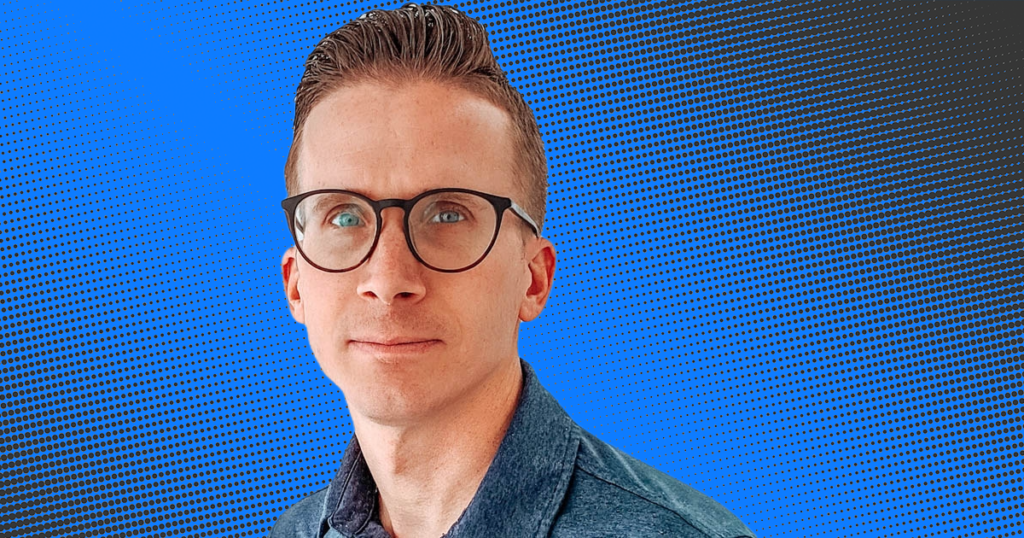
College sports role: Jason Stahl is the founder of the College Football Players Association
“For me, it is that athletes do not have access to their group IP, their group NIL rights. They don’t have proper group licensing. And by proper, true representation as a group to get deals for the group, where they are getting equity or royalty out of those deals, and they have been properly negotiated for. That’s why we made such a big deal about the video game.
“That’s why it makes such a big deal about the crappy deal they got from the jerseys because that is where most college football players will get the biggest NIL deal of their lives. Let’s focus on the great mass of FBS football players. When it comes to those guys, those group deals are going to be where they get the most money. And so if they’re getting crappy deals, which up until this point they have, they’re not maximizing those years of eligibility that they have for the deals that are most important. So for me, that rises to the absolute top. And that’s what we’re laser-focused on – how do we get the great mass of college football players group licensing deals, whether it’s for jerseys, whether it’s for video games, whether it’s for trading cards, or anything else.
“For us, we’re agnostic on the question [of bringing collectives in-house]. If the administrative class in college athletics, wants to disempower collectives, there’s a very easy way for them to do it – pay the athletes directly. But they’re unwilling to do that. My big concern is that if somehow collectives are brought in-house, that’s a very clear revenue stream for players that will be cut back. So if that ends up happening, hell no, we don’t want collectives brought in-house.”
Ayden Syal
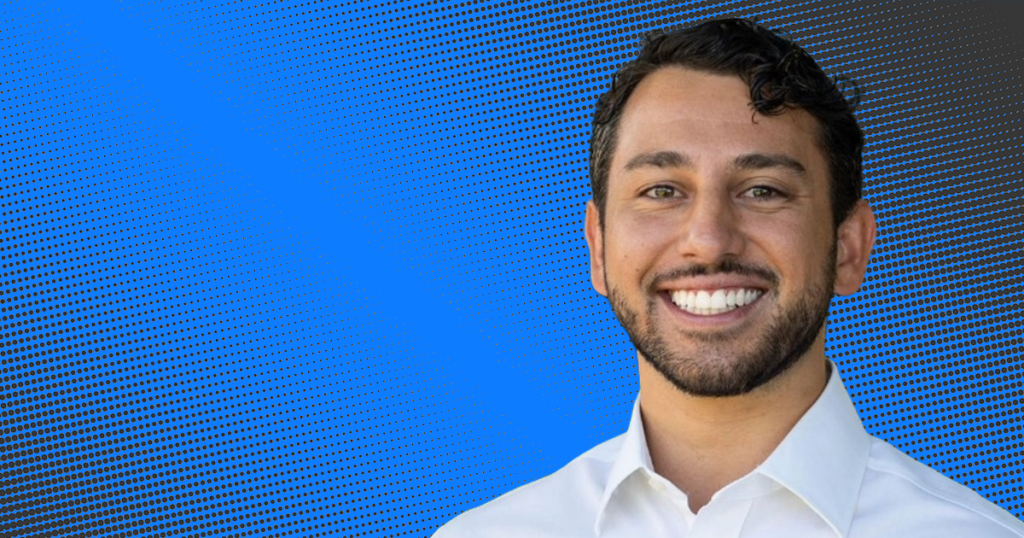
Current college sports role: Ayden Syal is the CEO and co-founder of MOGL, a leading athlete marketplace and NIL operations software provider
“The biggest issue with the NIL space right now remains the lack of access and education for all athletes. MOGL was founded with the mission of ensuring equal access to NIL and opportunities for all athletes across all sports, conferences, and divisions which is why the solution is available for all athletes and offers deals for athletes of all statuses.
“Unfortunately, the current landscape has created a scenario in which the majority of NIL compensation is only going to a small portion of athletes via collectives. While we fully believe that these prominent athletes should be compensated in a manner that is proportionate to the value they drive to an institution and agree with the work that collectives are doing to ensure that, these outlier contracts have sometimes created unrealistic expectations for athletes which often hurts the ability for the lesser known or non-revenue generating sport athletes to access deals.
“From a commercial sponsorship perspective, these outlier payment amounts can harm the majority of athletes’ ability to monetize their NIL because it has created a situation in which brands and sponsors who would provide tremendous value, both monetarily and professionally, to an athlete are often precluded from working with athletes because agents and/or athletes are asking for compensation that often does not align with the true ROI an athlete influencer would provide to the brand.
“Because of the lack of education and oversight into NIL being provided to athletes, we have witnessed many athletes signing contracts with third parties that often do not have their long-term success at heart. A key example of this has been many athletes entering the transfer portal with the hopes of commanding meaningful transfer payments from schools only to be put in a situation where they are less well-positioned because personal advisors pushed them to transfer because of the potential commissions that they would receive from a transfer portal payment.
“Collectives formally moving under the umbrella of schools would, in theory, help protect athletes and standardize payments made to athletes provided they use software solutions that help to equip them with uniform data and insights into payments. As revenue sharing comes to fruition, universities will need departments in the athletic department, like a collective, responsible for distributing payments in a safe and equitable manner.”
Aaron Taylor
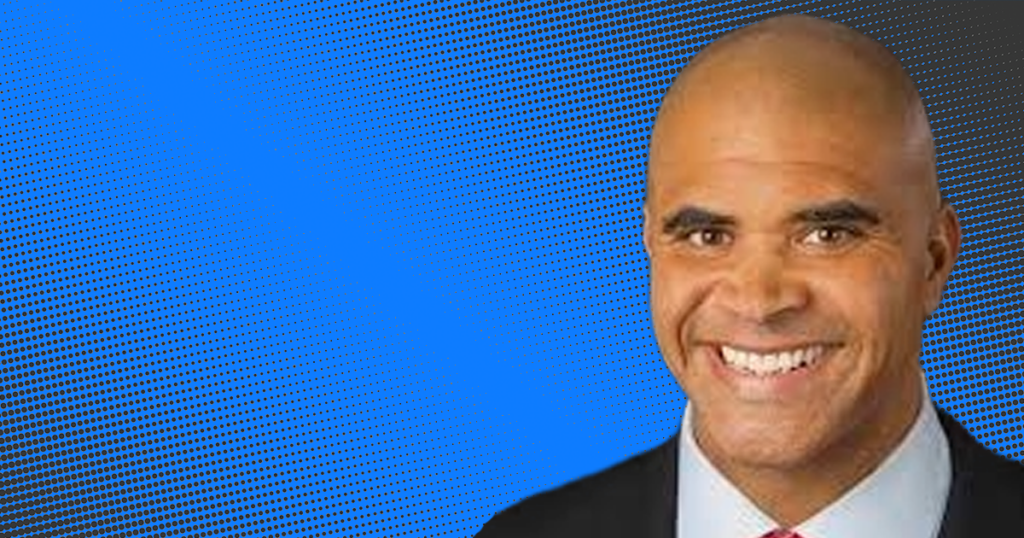
College sports role: Former Notre Dame star Aaron Taylor is a College Football Hall of Fame member and a commentator at CBS
“NIL has overwhelmingly been a net positive for the sport and the football players. But as it is, with most things, in the enterprise of intercollegiate athletics, there are some unintended consequences and some details that may have been glossed over on the front end. That certainly is the case here, the intention was to fairly compensate or allow the players to enjoy compensation for their name, image and likeness, with the intent of the model being to be out in the world, doing good deeds, and receiving fair and proportionate compensation for that.
“Well, we all know the realities of that – it’s become a recruiting tool and the primary focus. I think some people have paid the price pretty early on, there were a couple of schools in particular, Texas A&M and Miami, that were very vocal about their willingness and want to pay players. When you make things about the money, it becomes about the money. I think those two programs in particular have paid a hefty price that they’re now trying to dig out of because you can’t go out and try to pay to bring in a bunch of hired guns, if you will, and expect that to translate to the fundamentals of the sport, which is a good culture.
“We’re also seeing that in Boulder, I believe. So it’s all good when everybody is undefeated, or has a couple of wins under their belt, and the money’s flowing. But what happens when adversity hits? That’s going to be the real litmus test and the programs that are able to navigate the NIL landscape while maintaining the culture are the ones that are going to be able to survive the best because the roster turnover now is so crazy. It really becomes hard to create a cohesive locker.”
Thomas Thomas Jr.
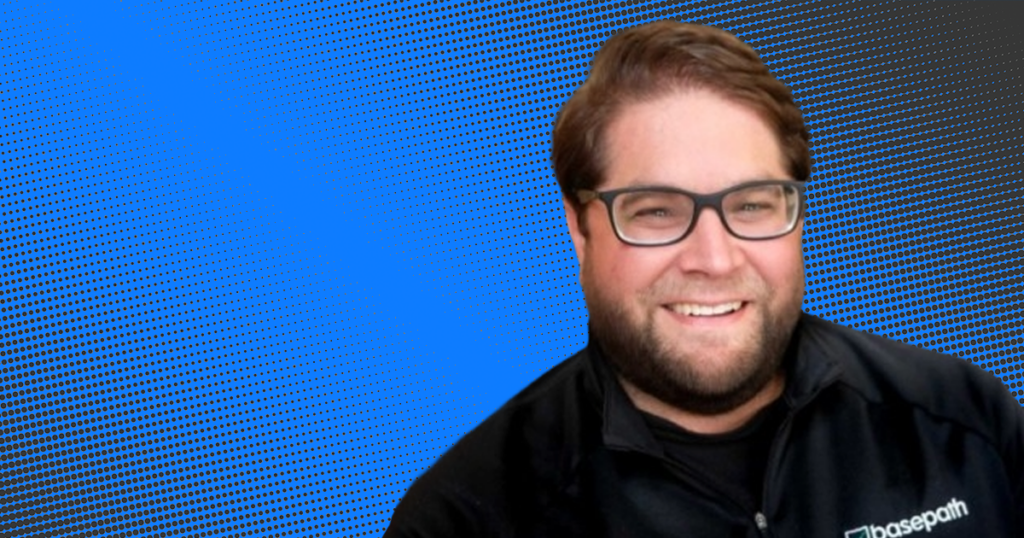
College sports role: Thomas Thomas Jr. is co-founder and CEO of Basepath, a platform that automates NIL deals for student-athletes, athletic departments and brands
“At its core, misinformation is the biggest issue with NIL right now. We, like everyone else, see the numbers that fly around in this space coming from companies, agents, and schools – the amount of misinformation and speculation from any number of different places and people creates a bunch of churn and distrust.
“We as a company have largely stayed out of the data sharing practices – from our end until it is completely legitimate, we don’t want to add any additional fuel to the fire. We will never put anything out that is based on an assumption, a ‘trusted insider,’ etc. We only want to provide data when it’s real.
“We work with more collectives than anyone else and now have a product, Basepath Wallet, that will give student-athletes a better understanding of what’s going on in their financial lives and will also consolidate transactions from all the different NIL deals coming into their bank accounts (e.g. marketplaces, collectives, agents, brands, etc.). We’re confident that, between what we already process to athletes, coupled with what we see coming to them from various others, we’ll know with more certainty what data is real and what’s speculation. Once truly anonymized, we’ll be able to offer meaningful insights through real data, and we’re excited to do our part to help diminish this issue. A lot of people have no real idea of what the market actually looks like.
“I think schools are the natural place for NIL to live. I do think you’ll have to solve a number of key issues before it ultimately happens. But you’re already starting to see it in places where state laws provide more leeway. You’re seeing in those models, collectives being used as the operators for these schools – which makes sense when you consider the operational and administrative requirements that come with managing each student-athlete as a student-business.
“With tasks, payments, taxes, fulfillment, documentation management and more, it takes a lot of work to treat athletes as their own business/employee, and that’s where collectives are bringing a ton of value to the institutions that are leaning into bringing things more in house – they’ve had a two-year head start on figuring out how to manage these things efficiently and effectively. Regardless of whether collectives are formally moved under the umbrella of schools or not, it is helpful for collectives and schools to have close relationships and an open line of communication to help support the athletes as things continue to evolve.”
Mit Winter
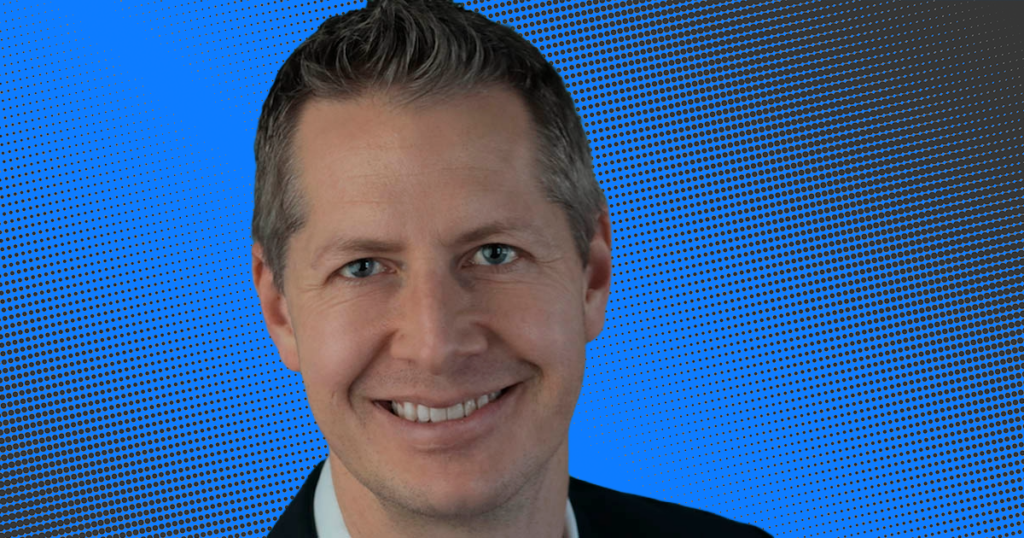
College sports role: Mit Winter is an NIL expert and college sports attorney at Kennyhertz Perry
“My biggest issue with the NIL space right now is how inefficient it is. Everyone knows that many NIL deals serve as a proxy for payment to athletes for the value of their athletic performance. But NIL can only indirectly be used in the recruiting process, and coaches, collectives, and others aren’t supposed to discuss or offer specific terms of a potential deal with an athlete that a school is recruiting. This creates a lot of inefficiencies and confusion in the process.
“If everyone could just have direct conversations and talk about and negotiate specific terms for the relevant athlete, it would make things easier and smoother for everyone involved: the athlete, his or her family, the school, coaches and the collective.
“I don’t know that collectives as entities will ever formally be moved under the umbrella of schools. But I think if and when schools or teams are allowed to directly compensate college athletes, some collective personnel may be hired by schools to manage and run their personnel departments. They would be the equivalent of front office personnel for NBA and NFL teams.”
Tom Wistrcill
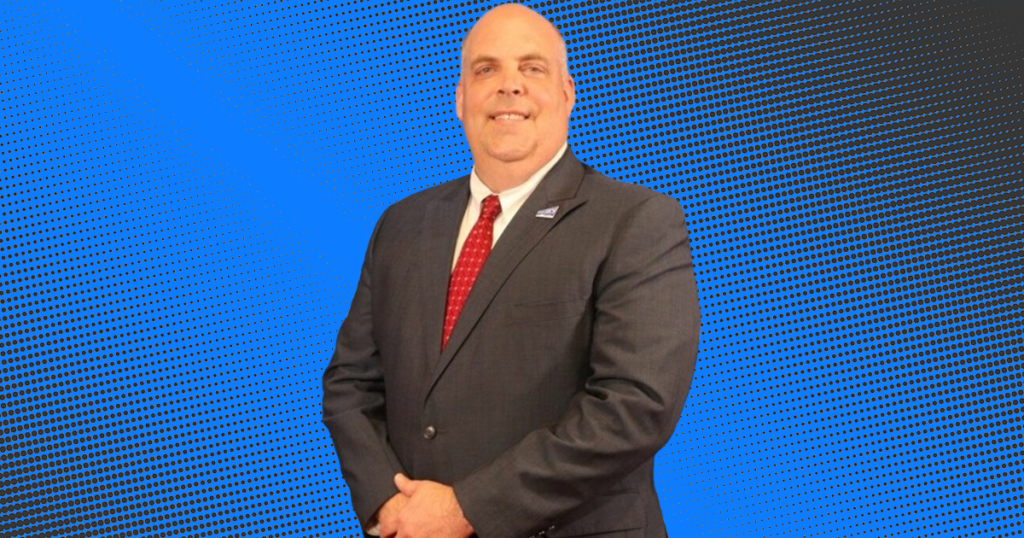
Current college sports role: Tom Wistrcill is the Big Sky Conference commissioner
“My biggest issue is that the NIL space has turned clearly into pay-for-play and is used in recruiting. It was never intended to do that, but we all knew it would end up here. Yes, the schools need to have control if they are going to be held accountable for the actions of both the student-athletes and the boosters.”
On3’s Jeremy Crabtree, Pete Nakos and Eric Prisbell contributed to this report.